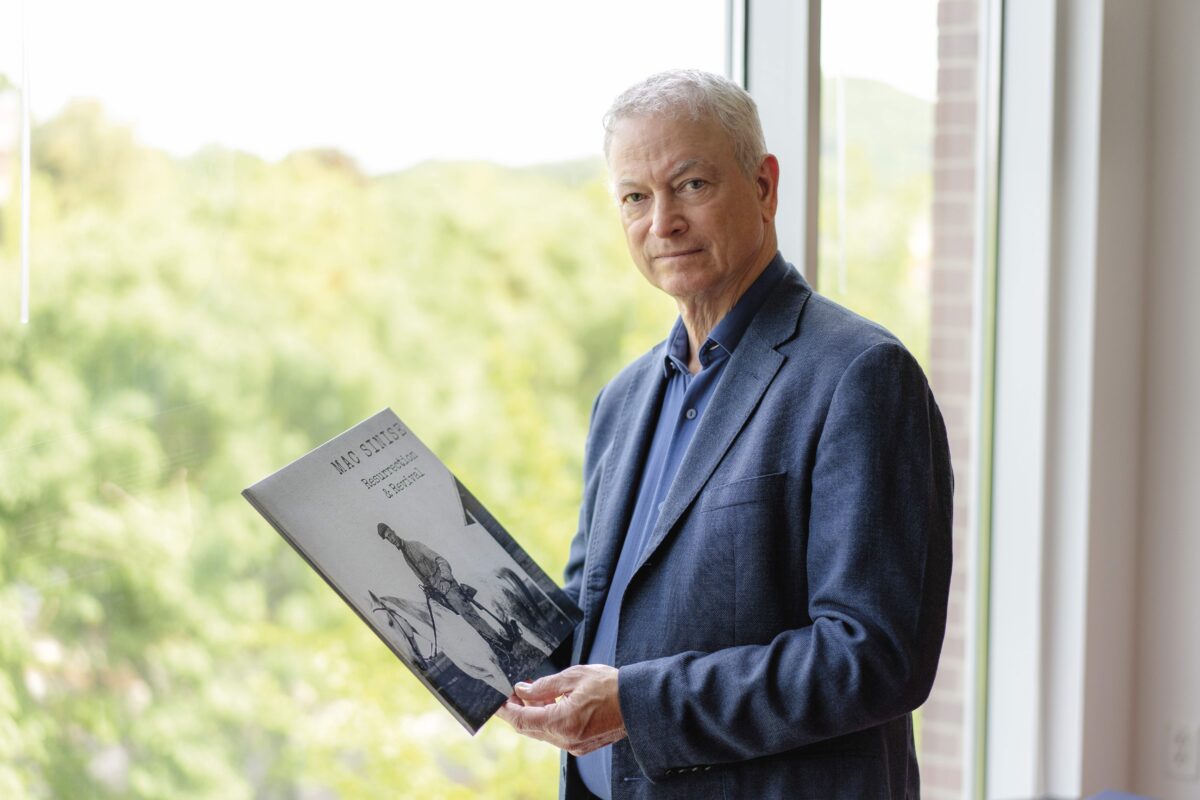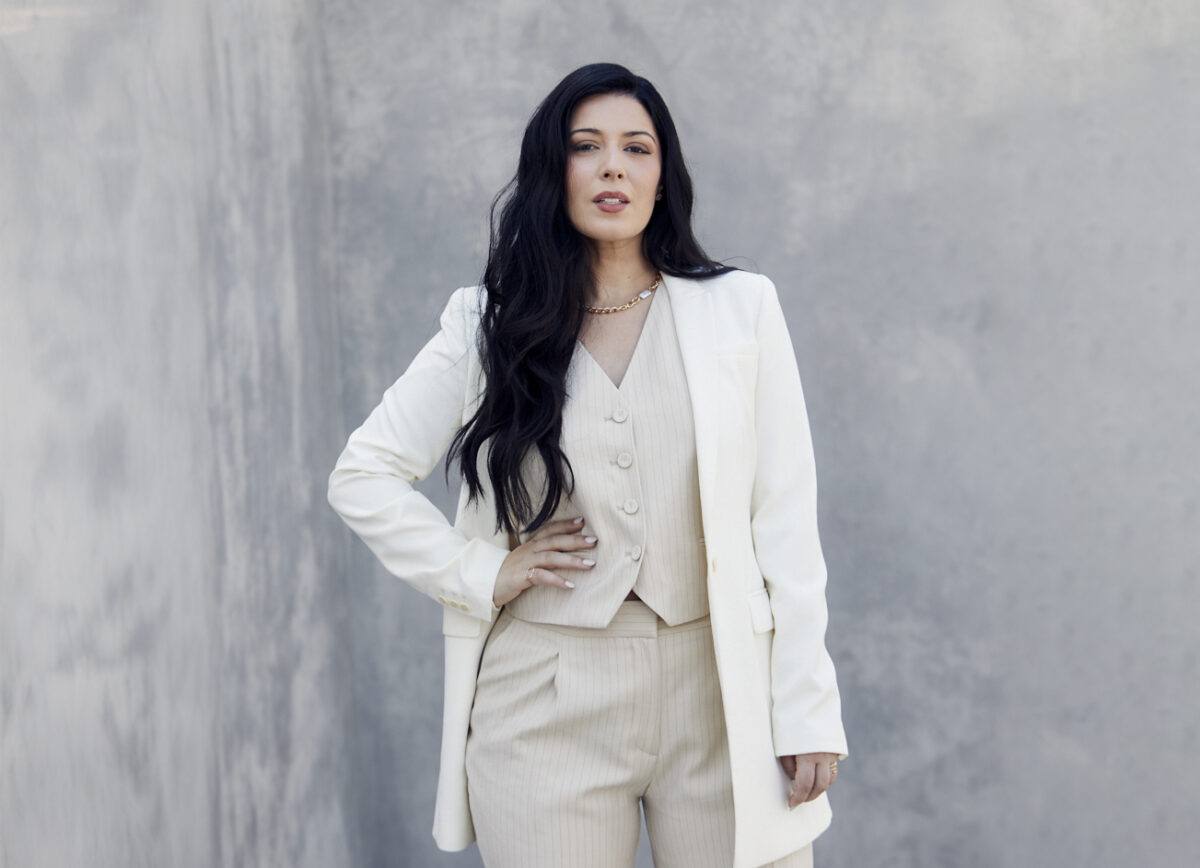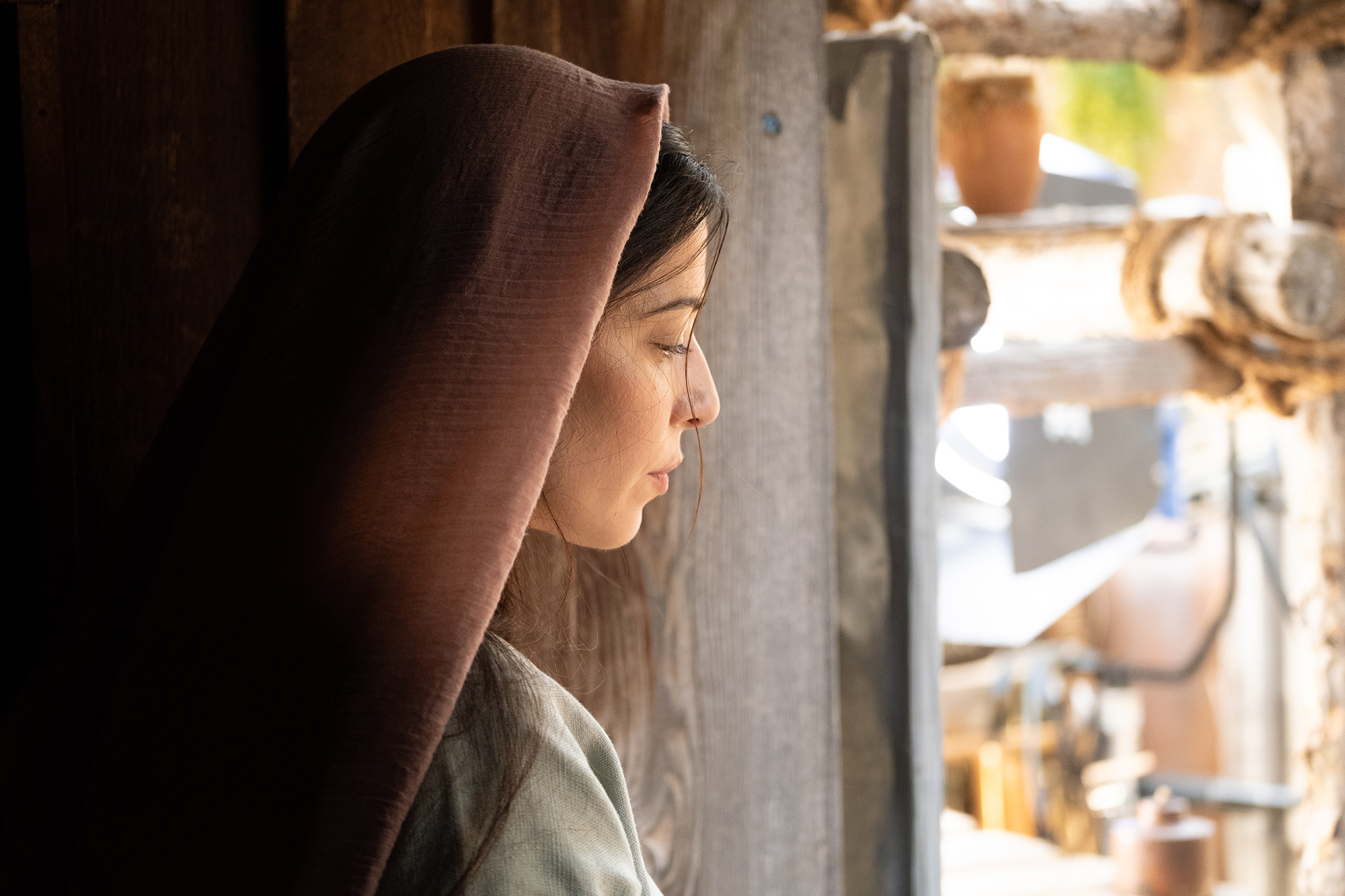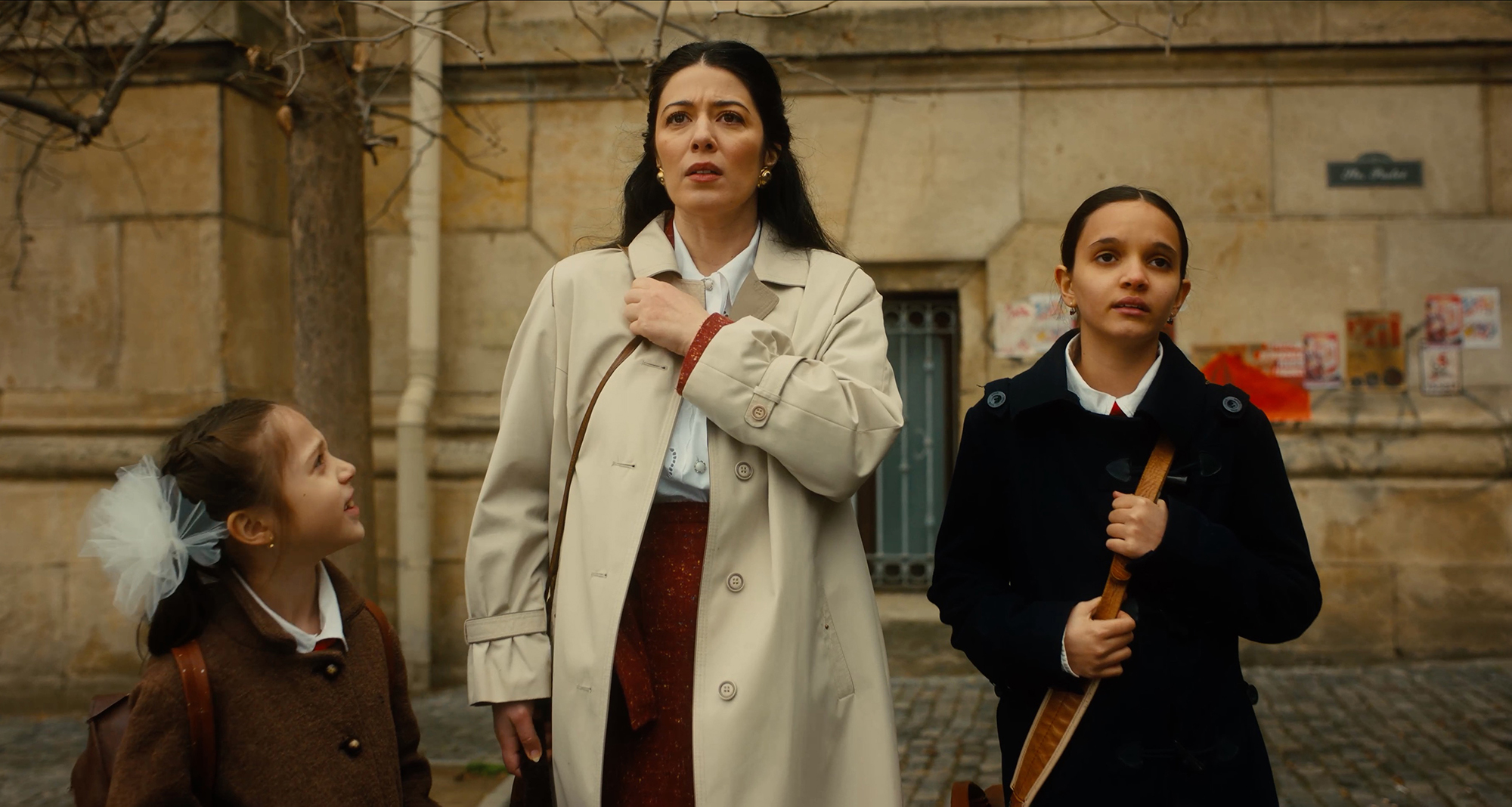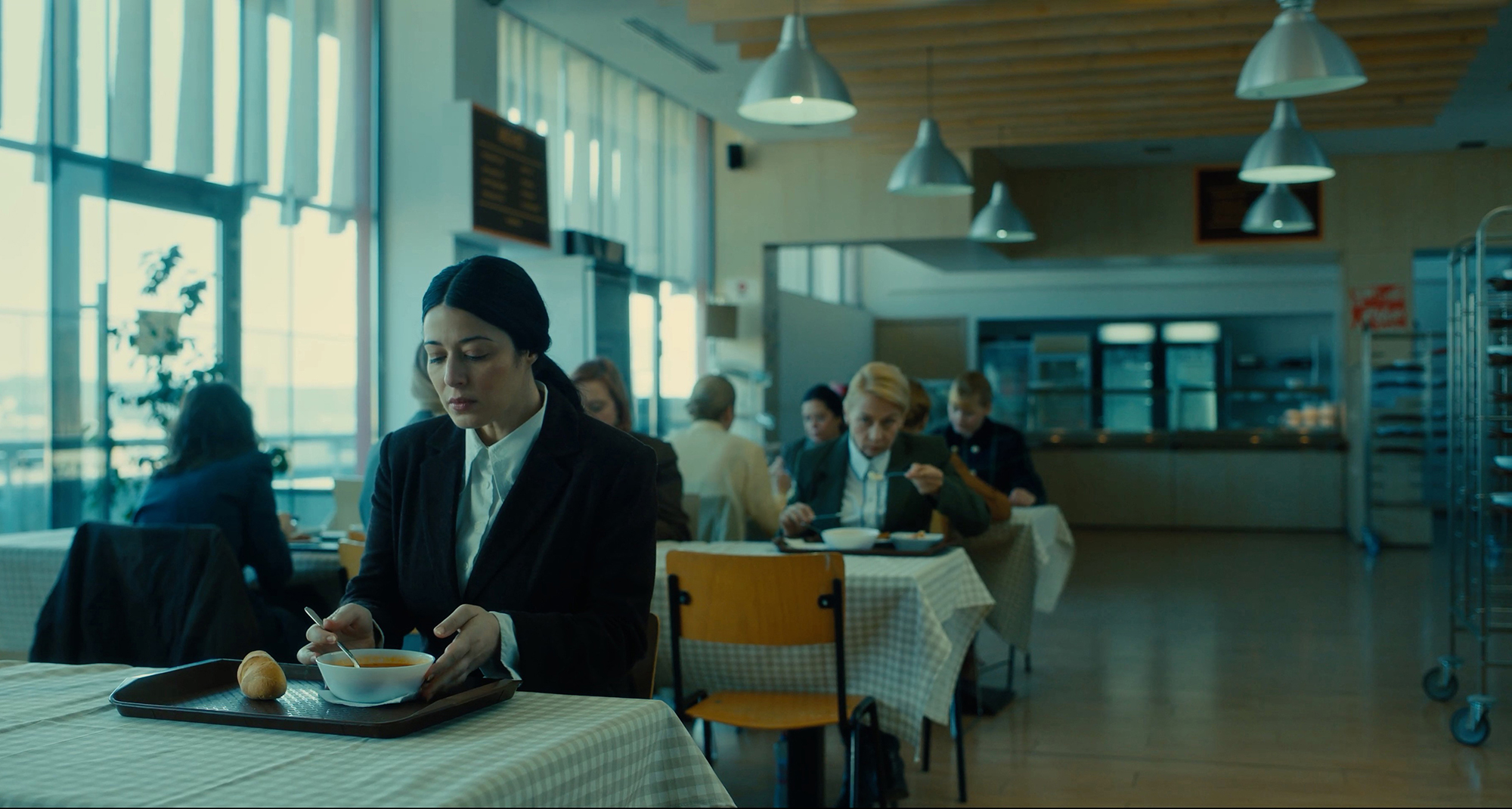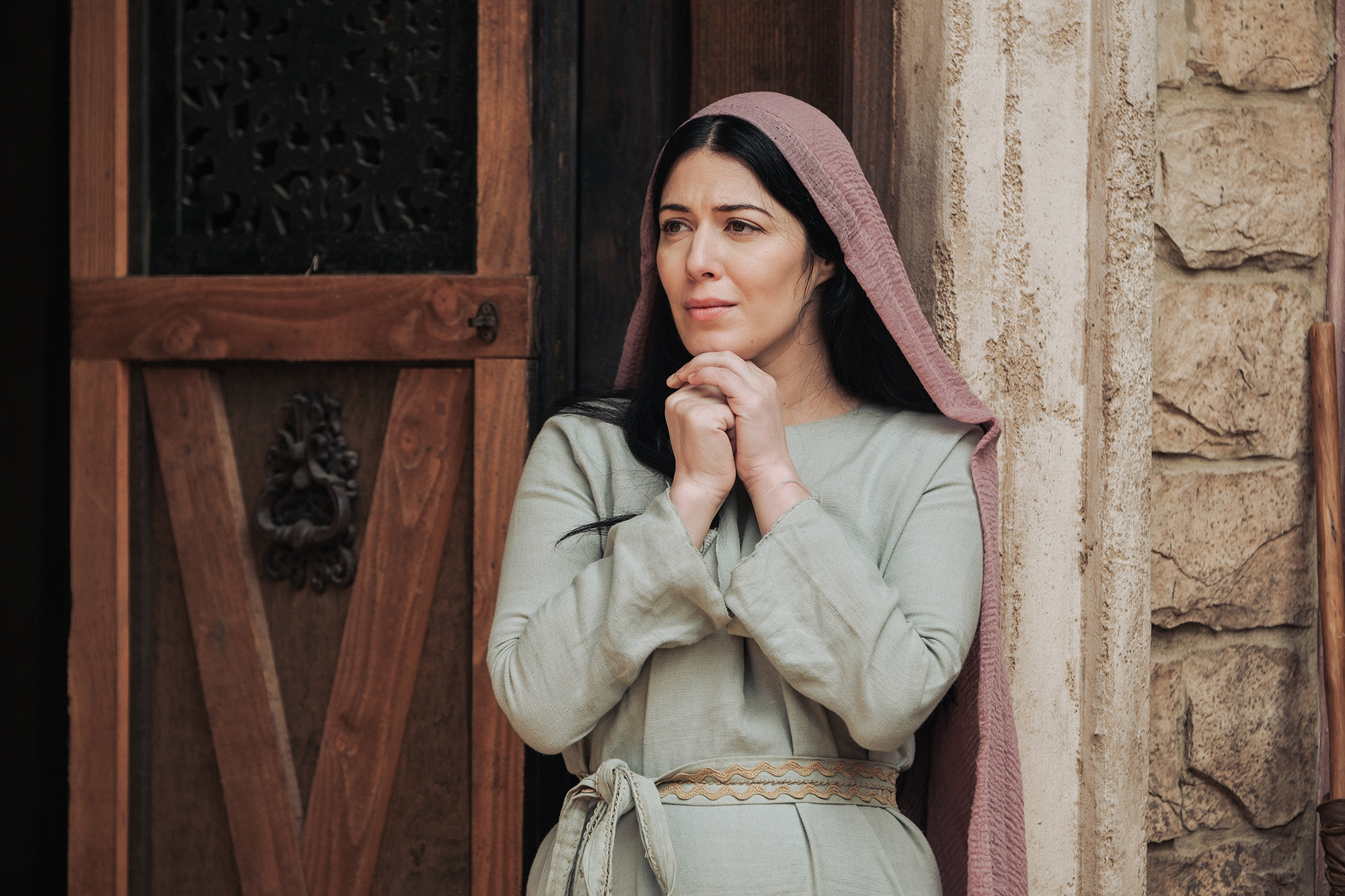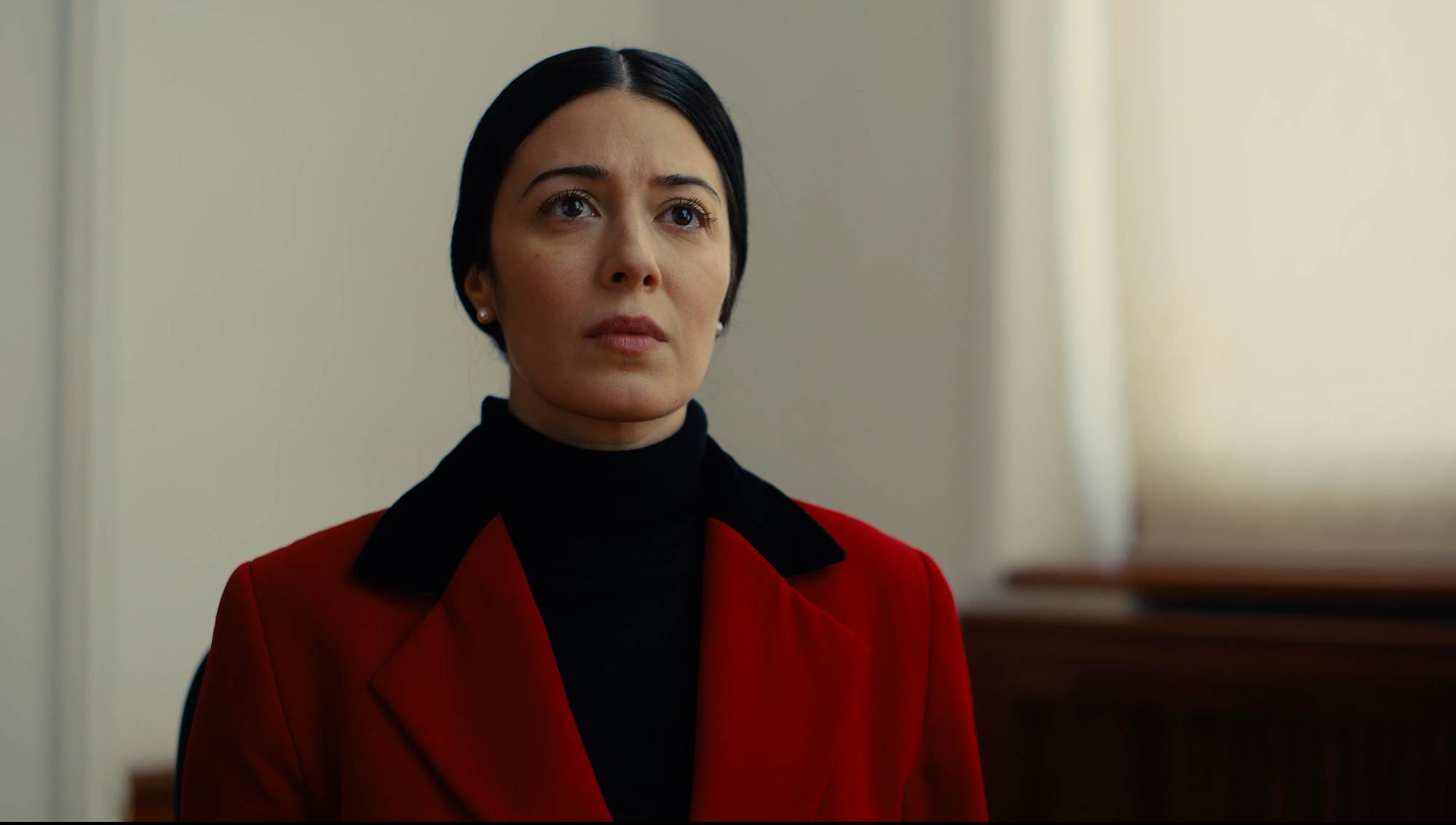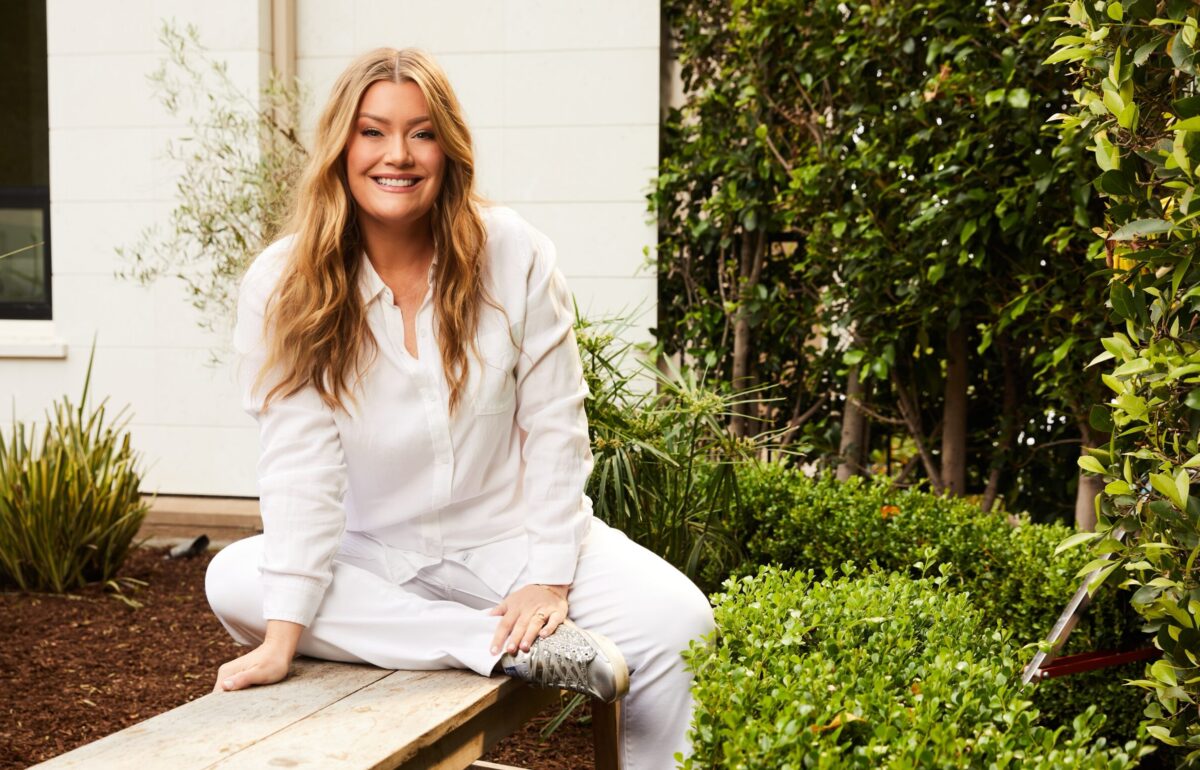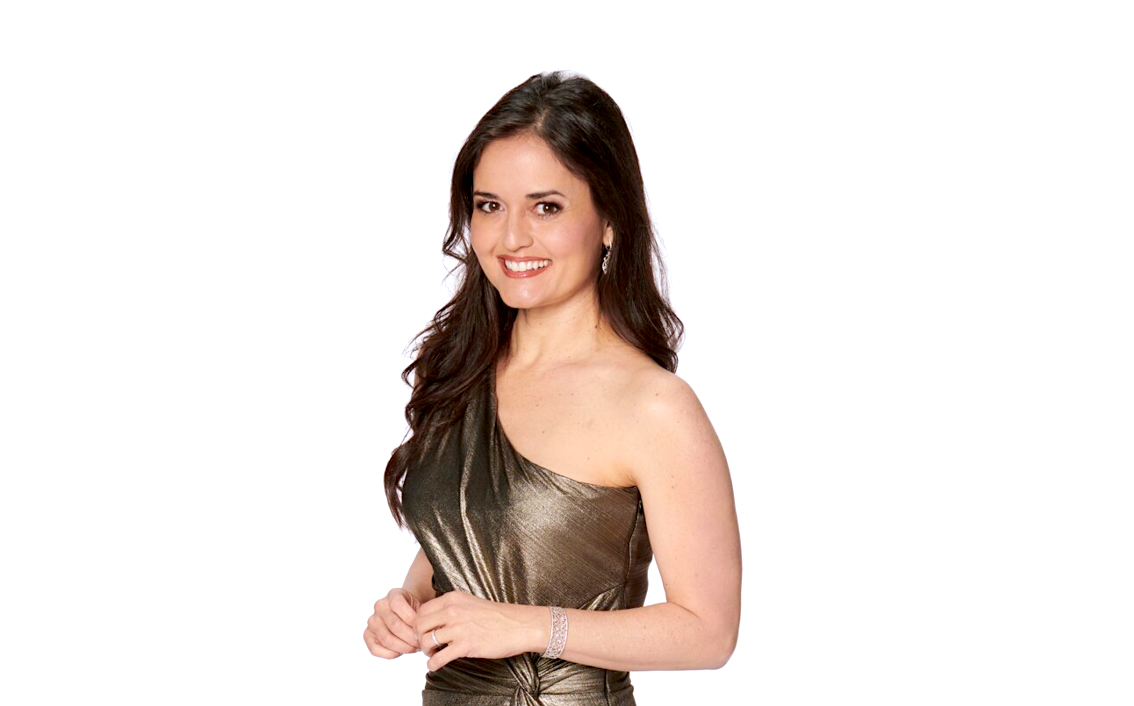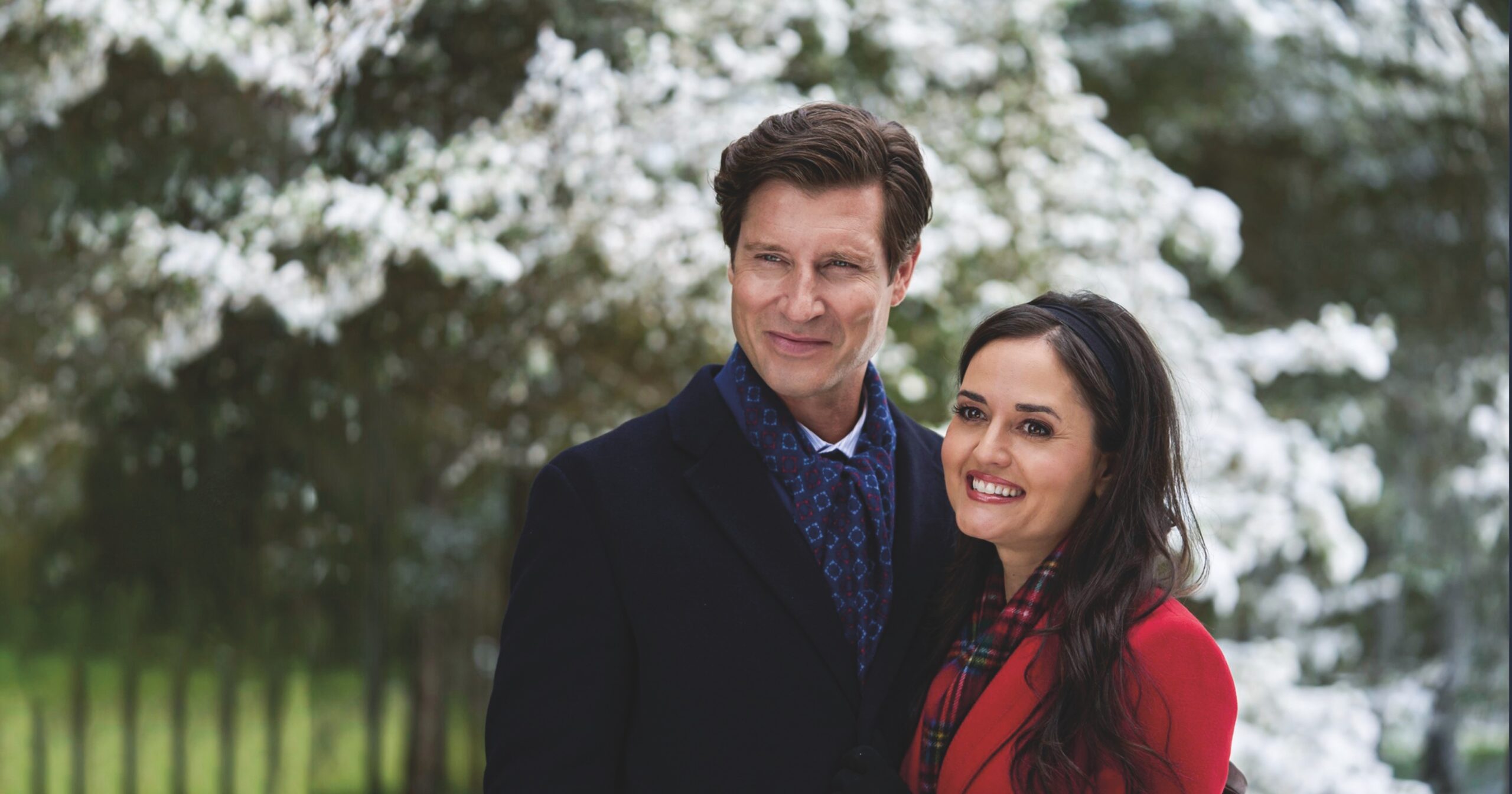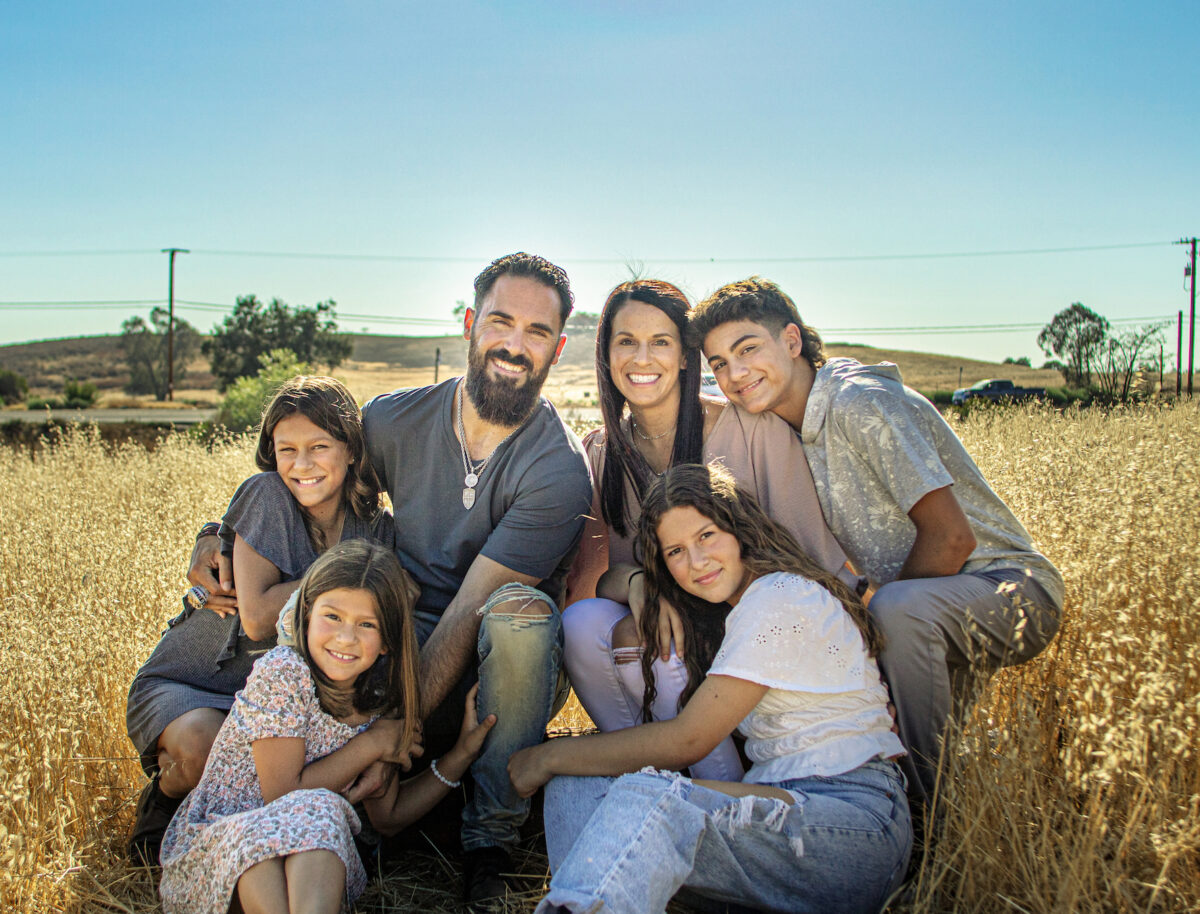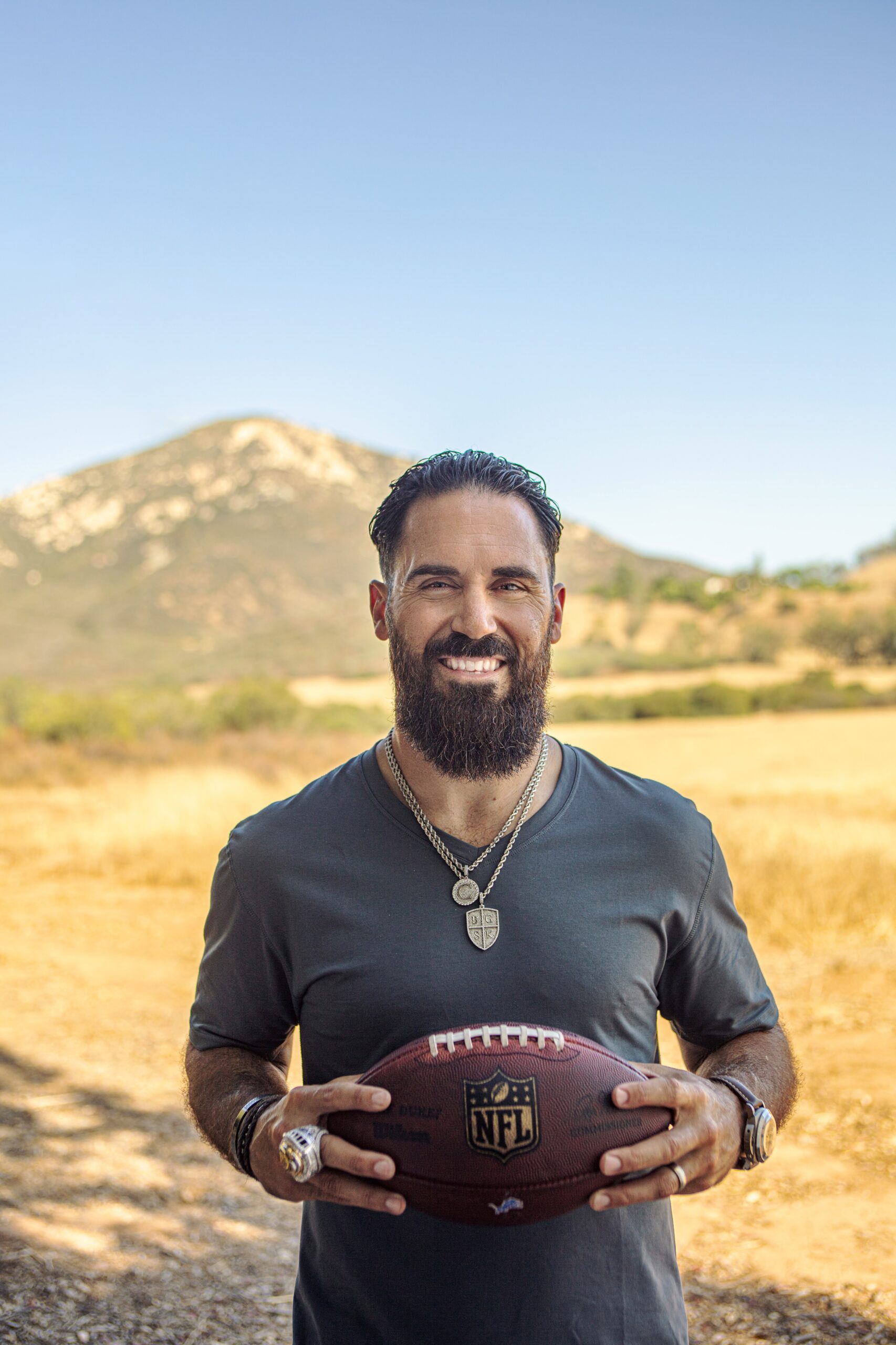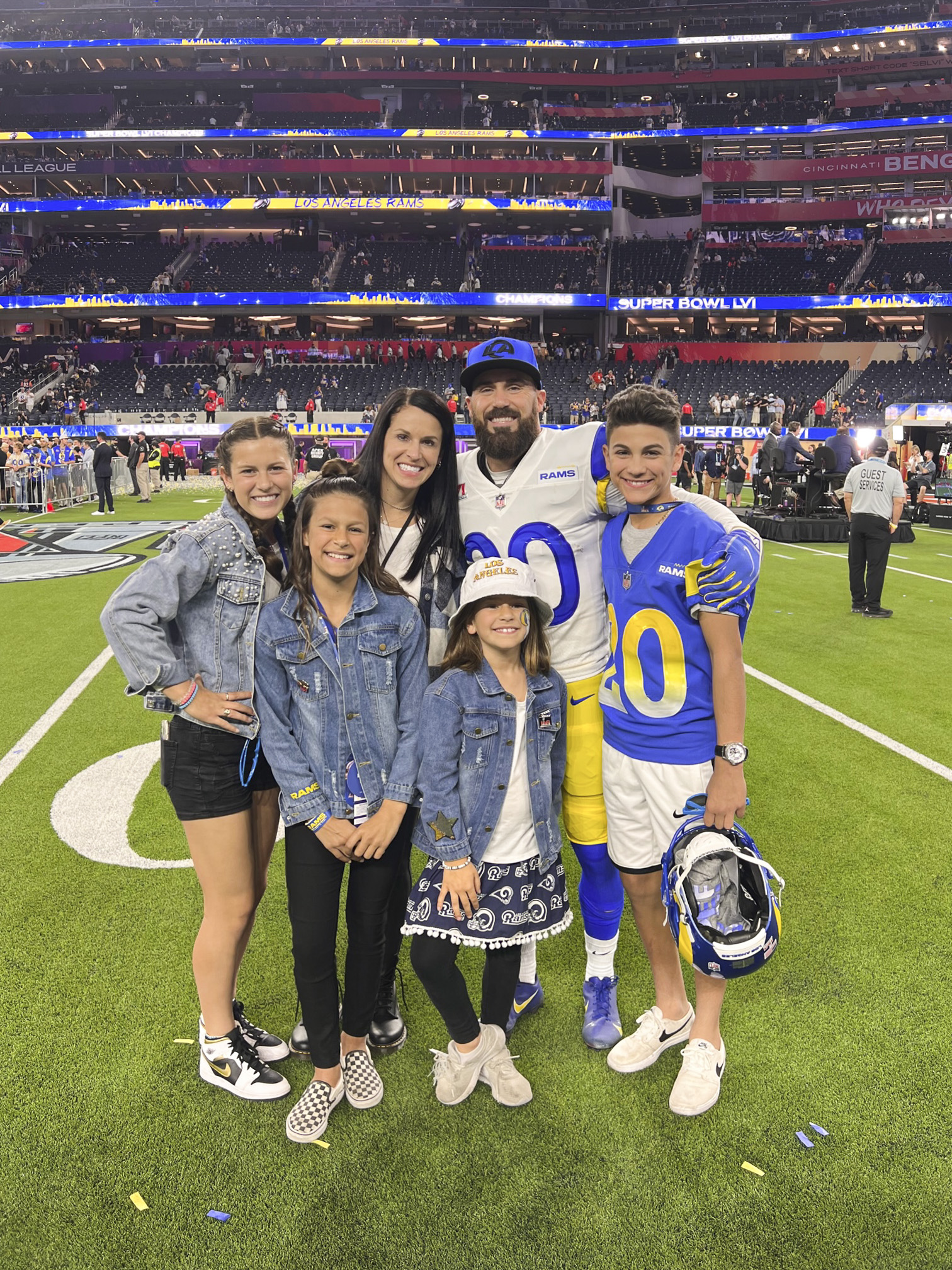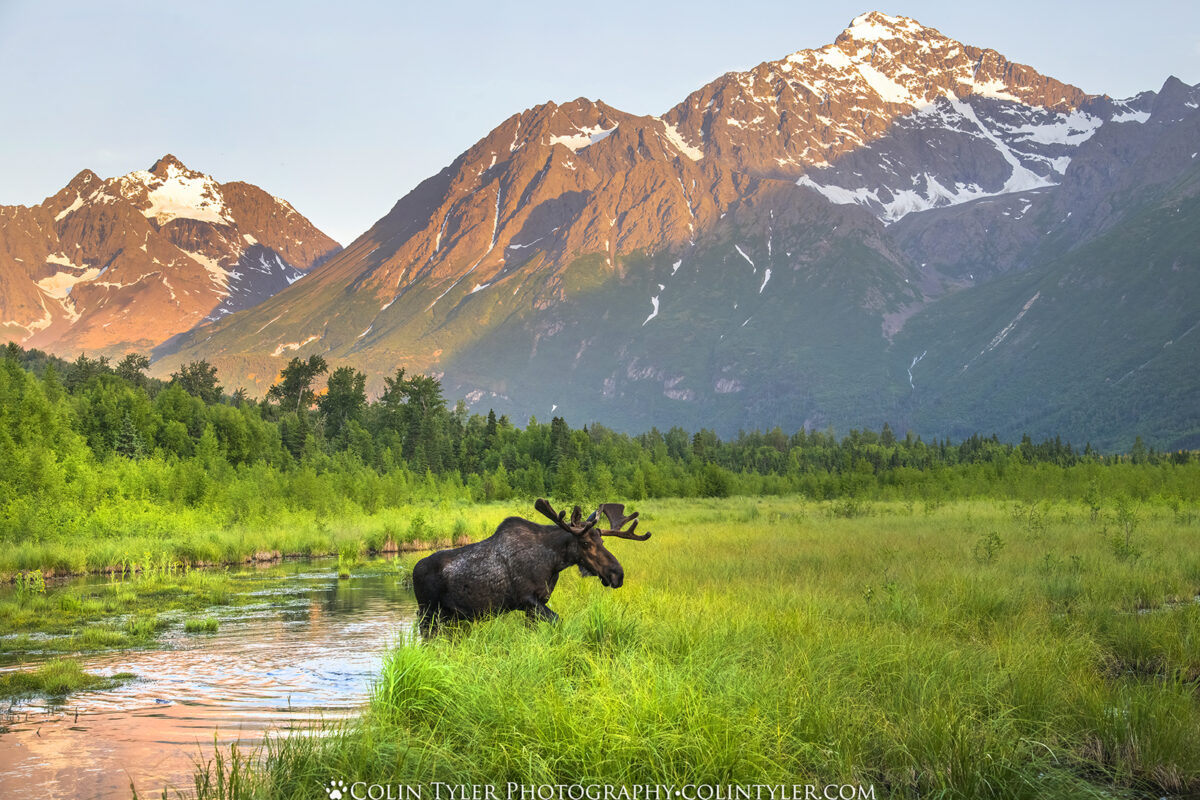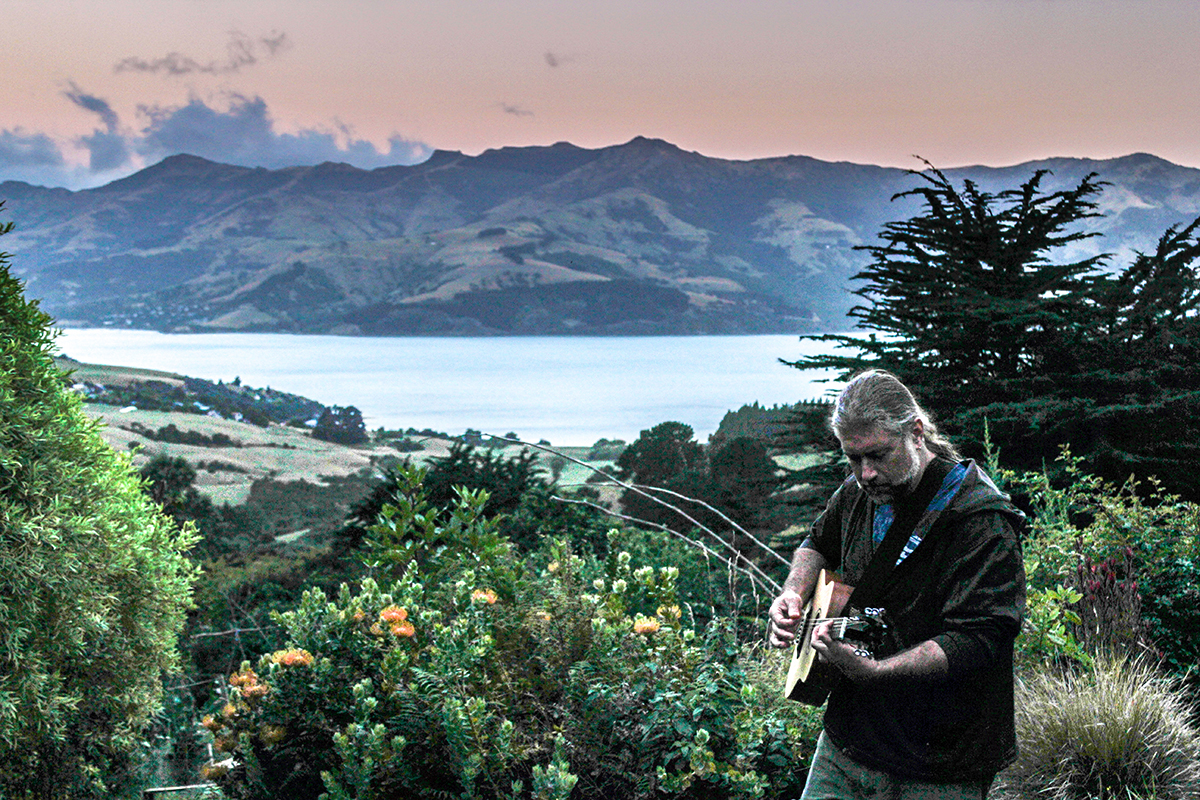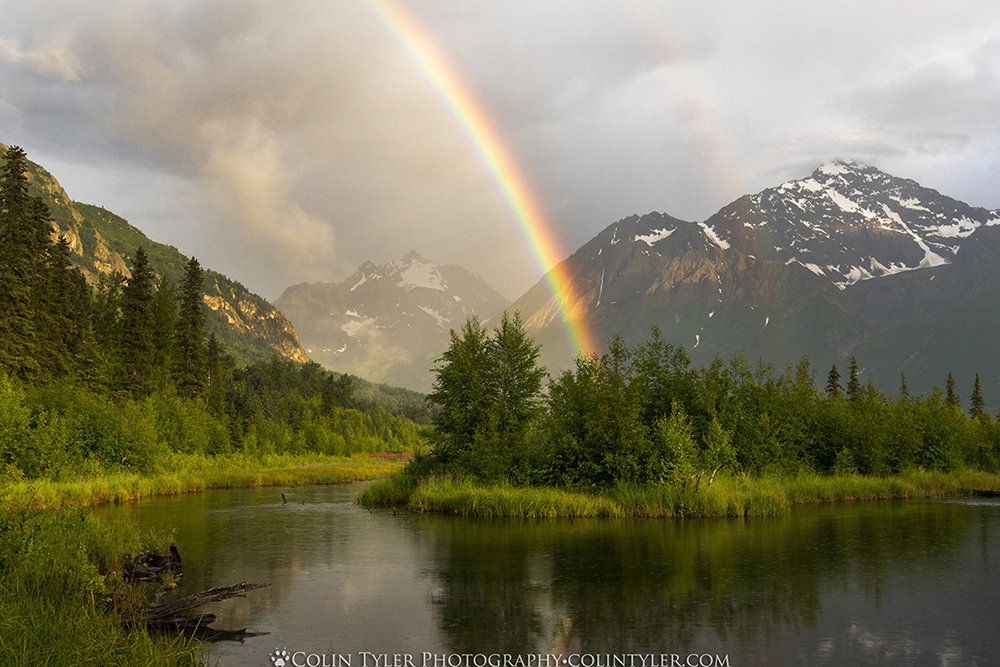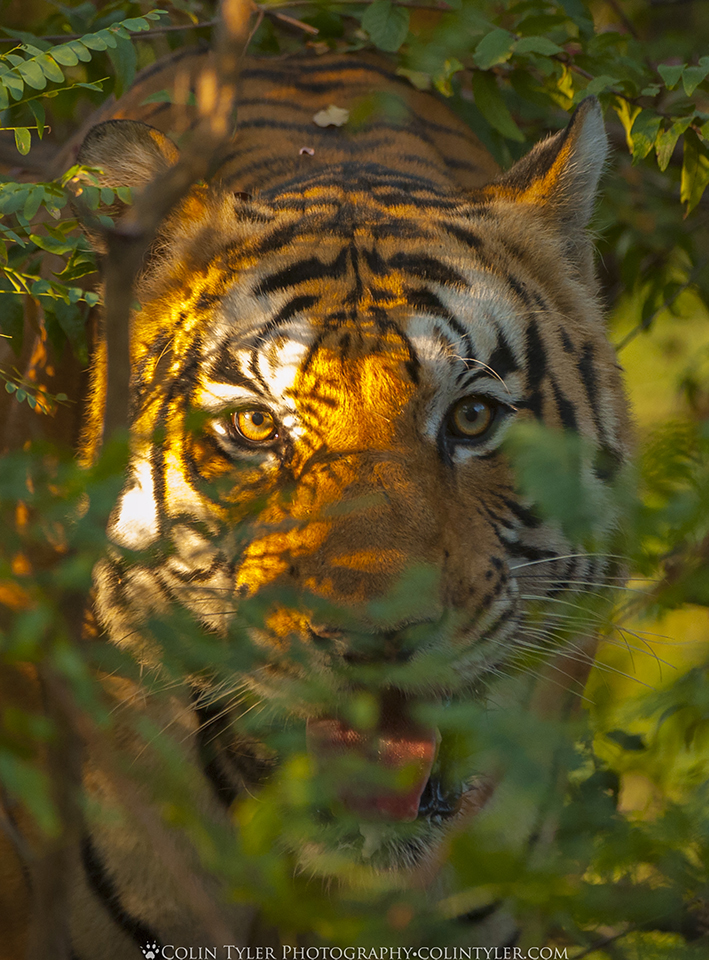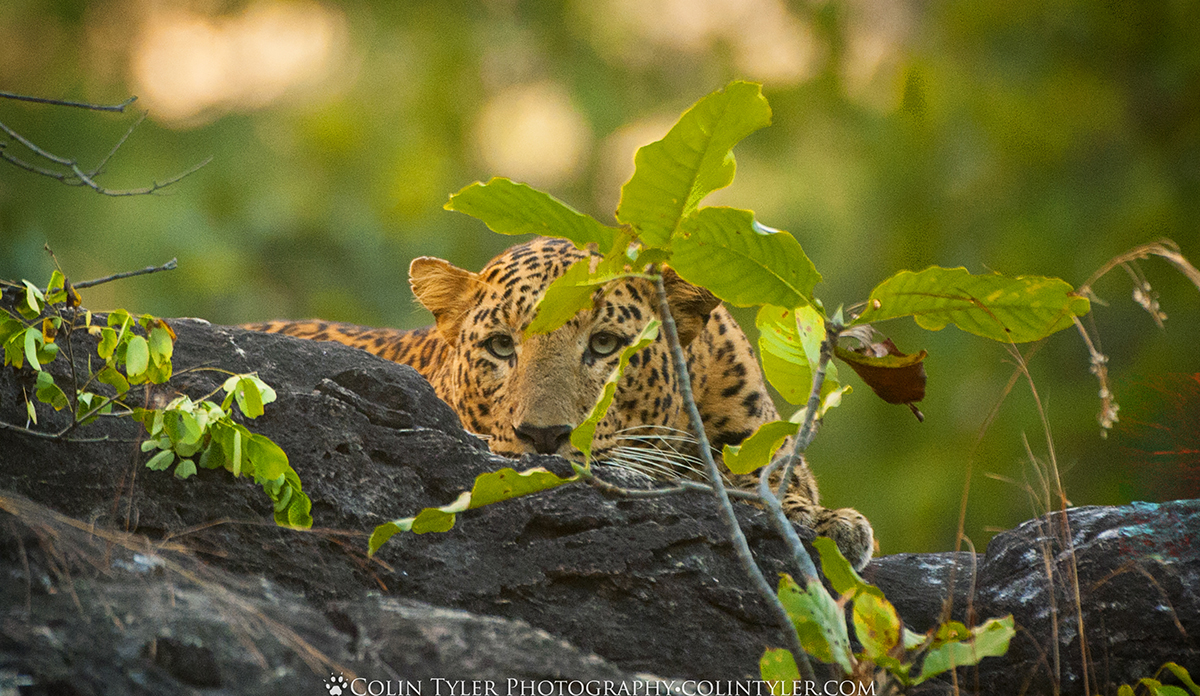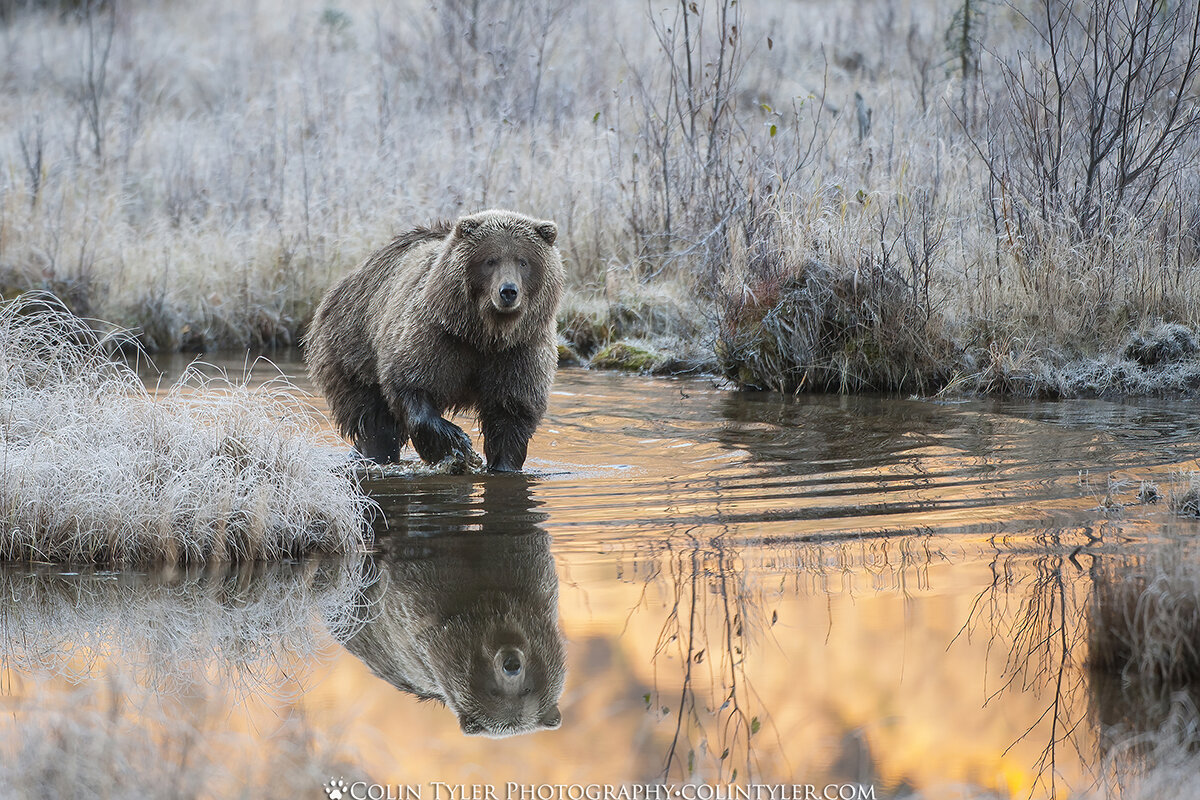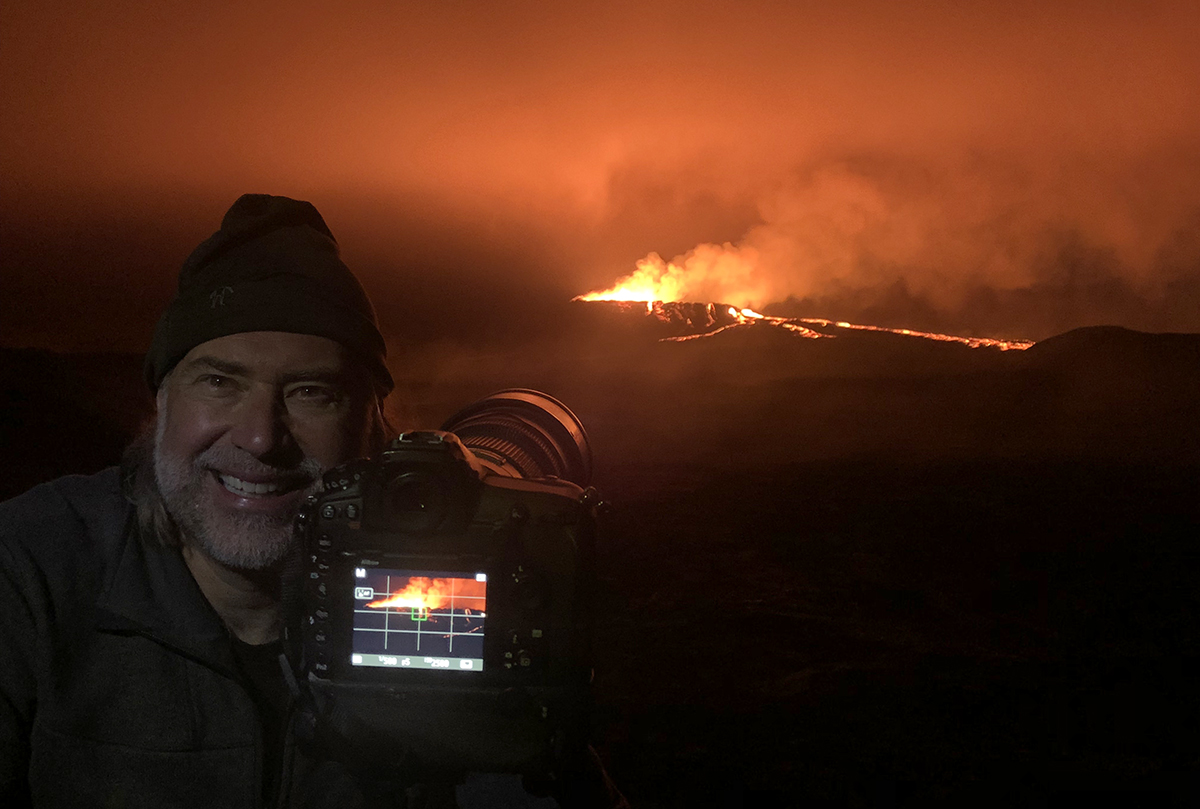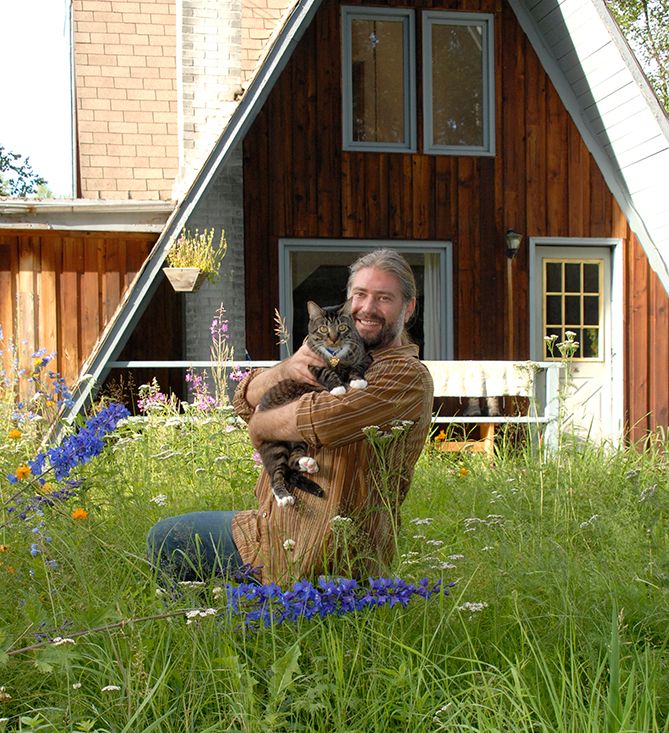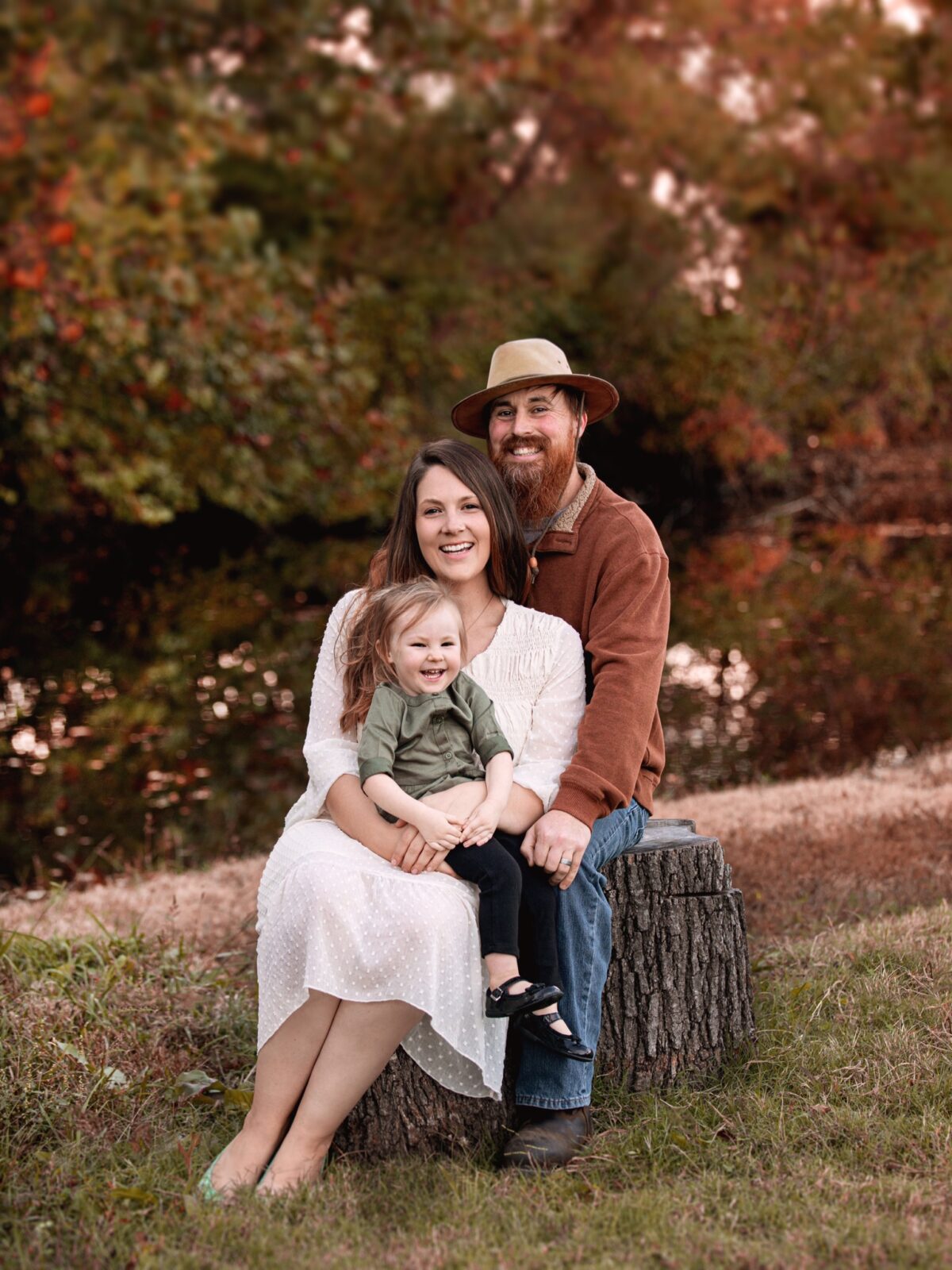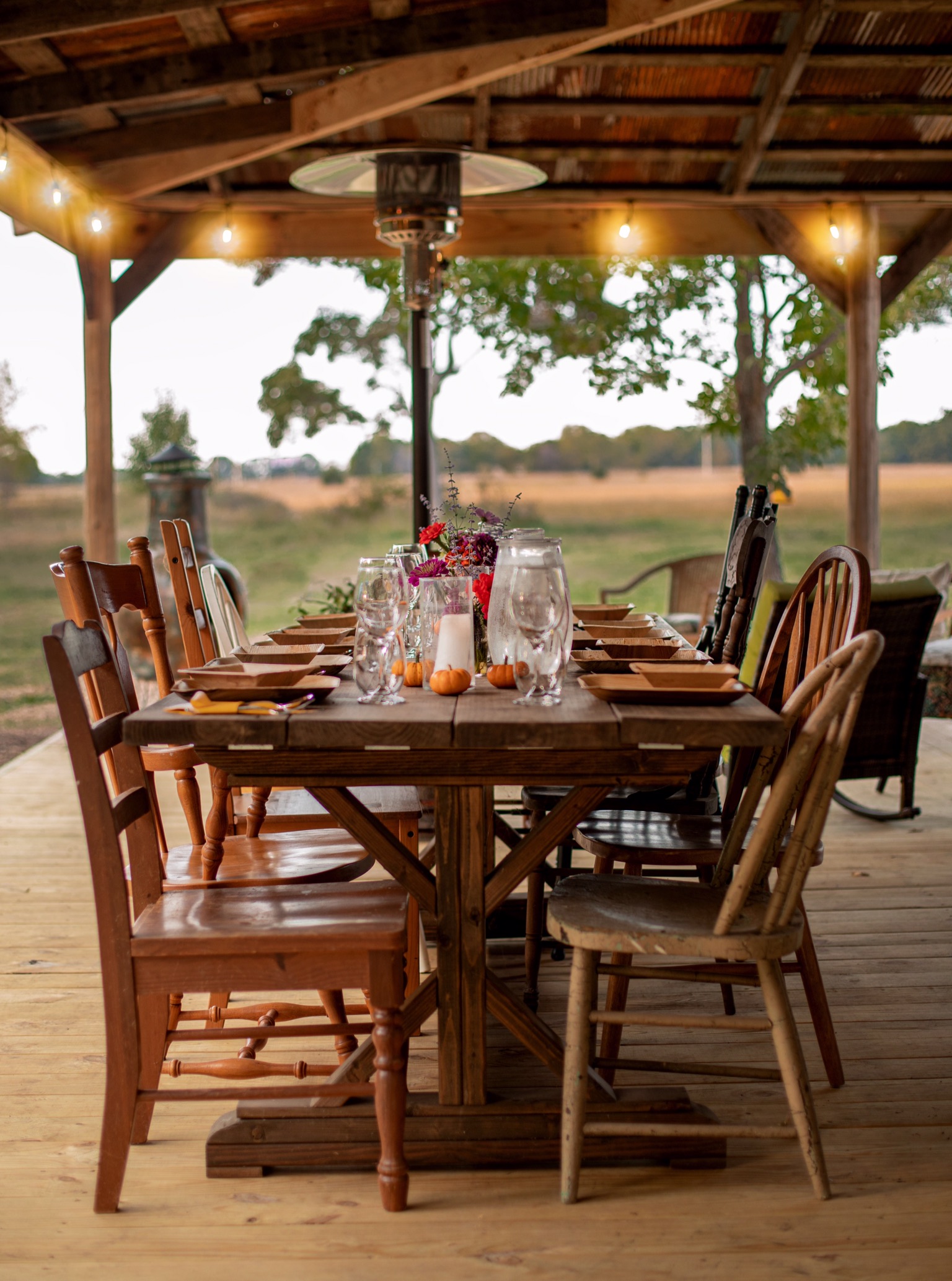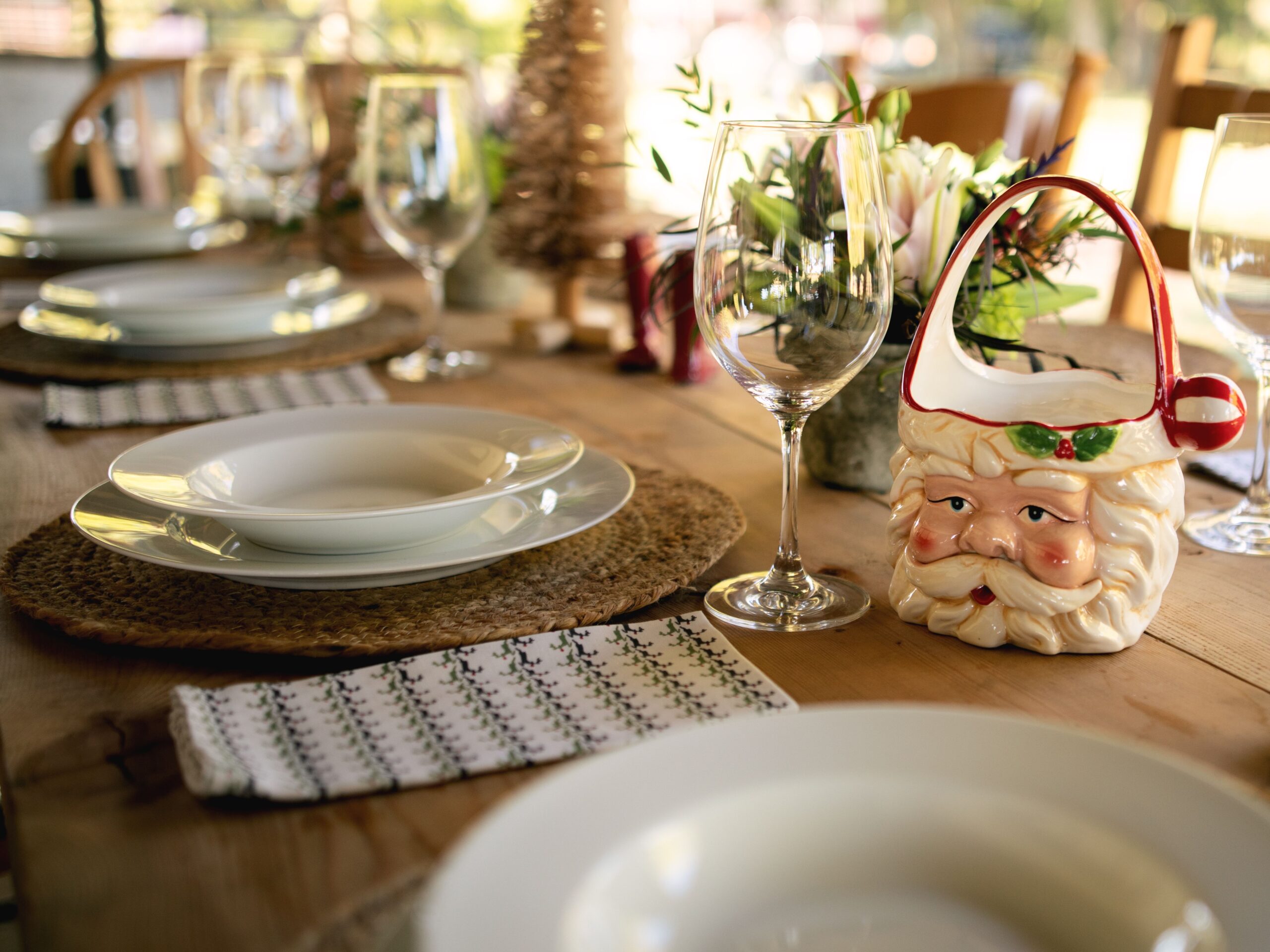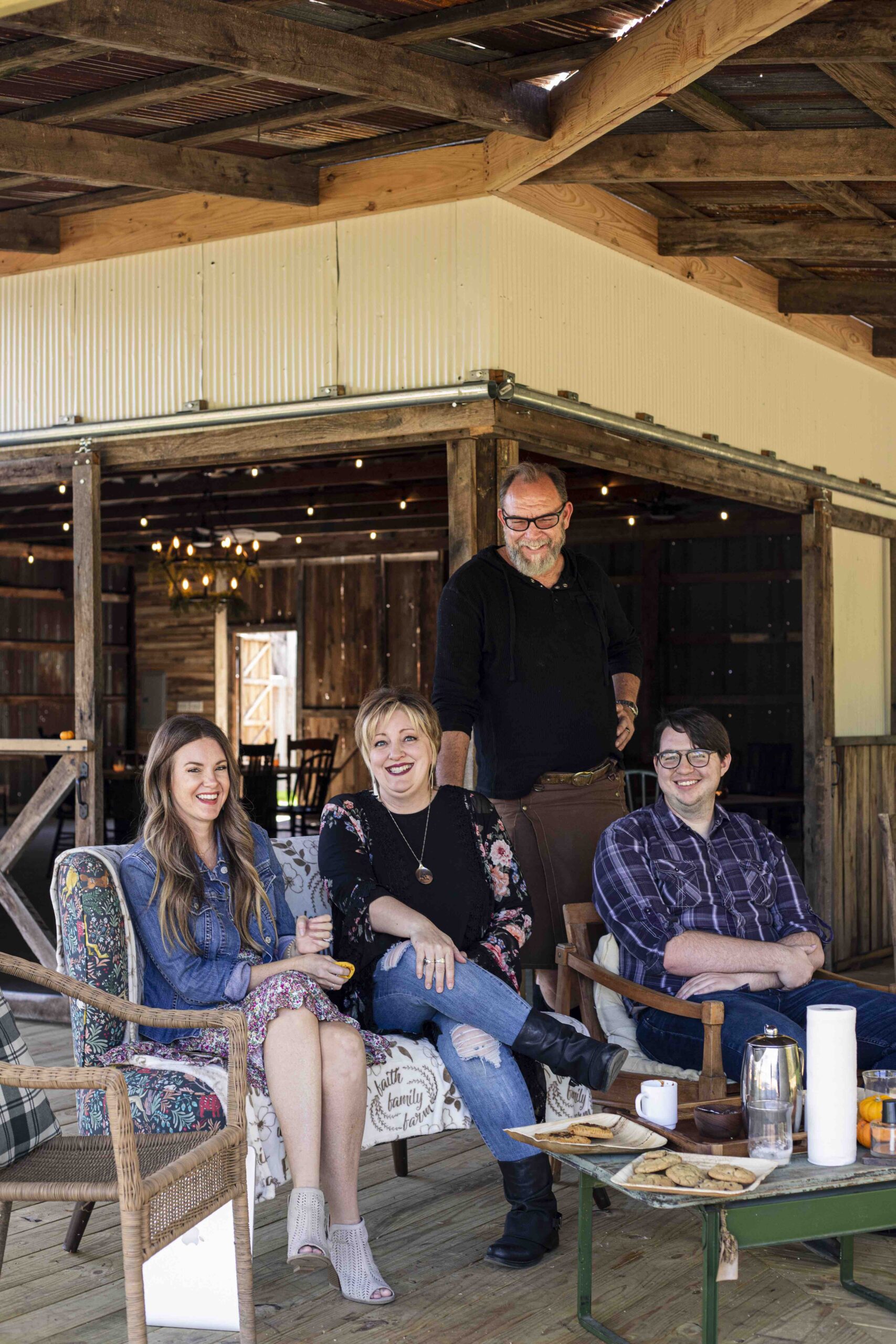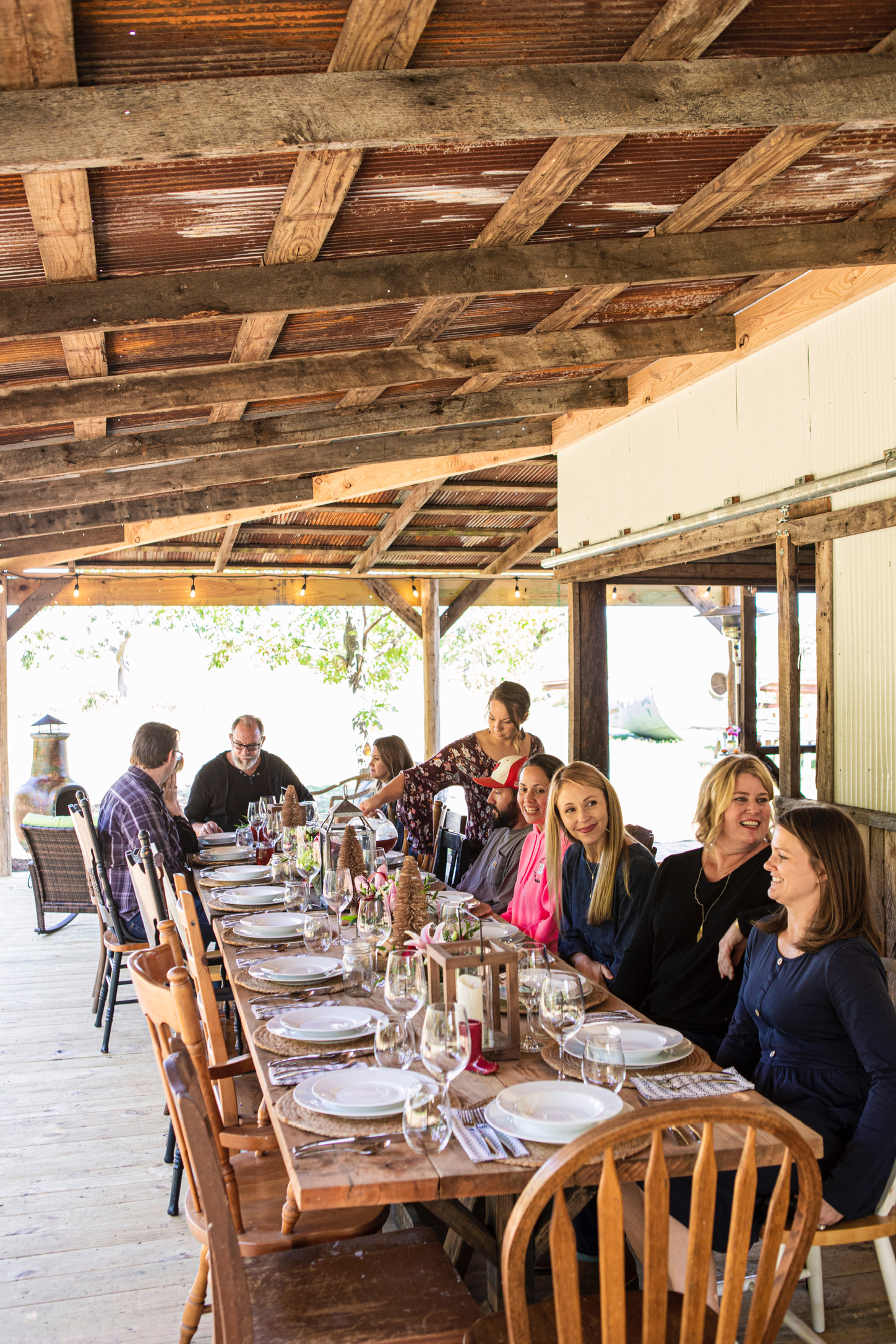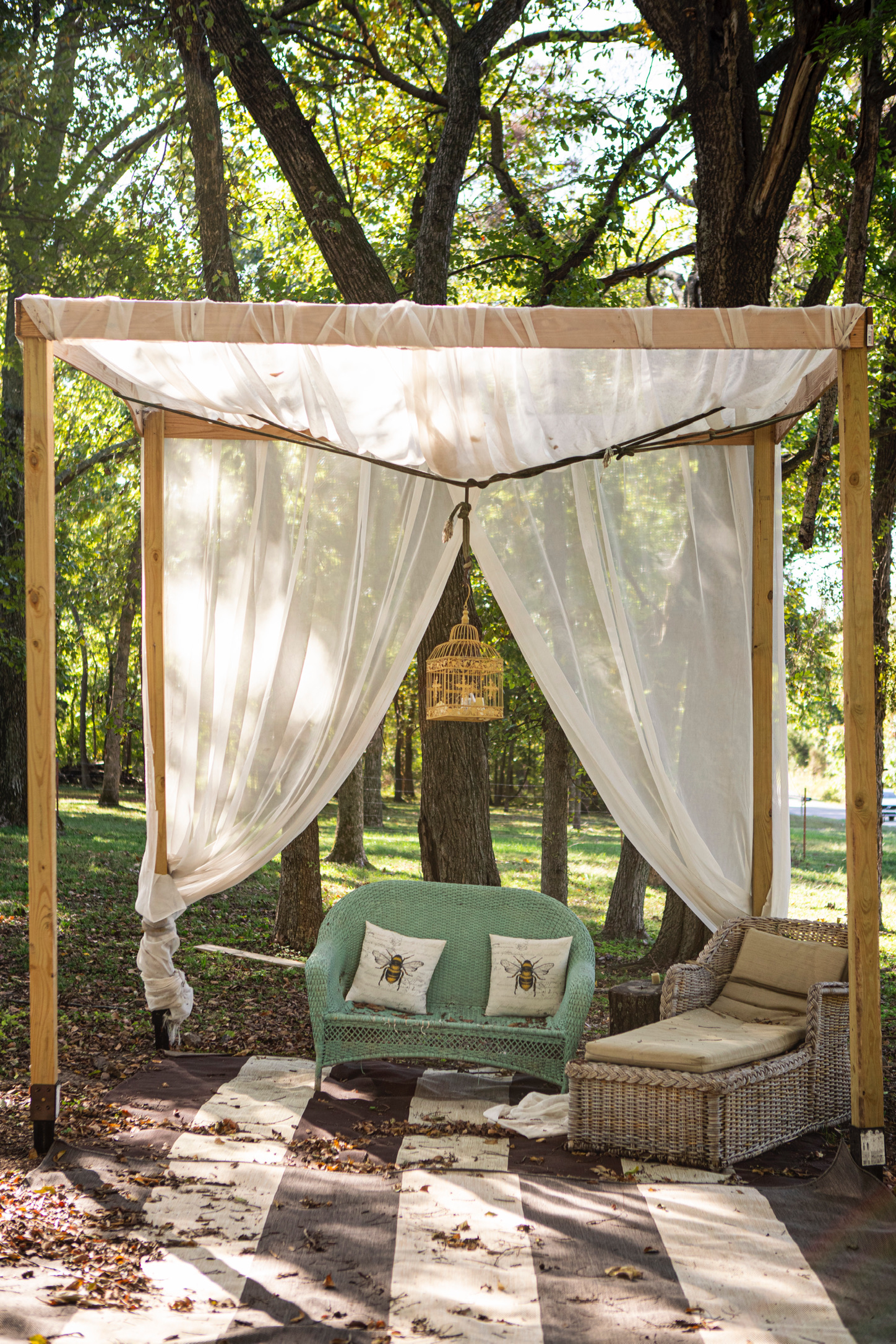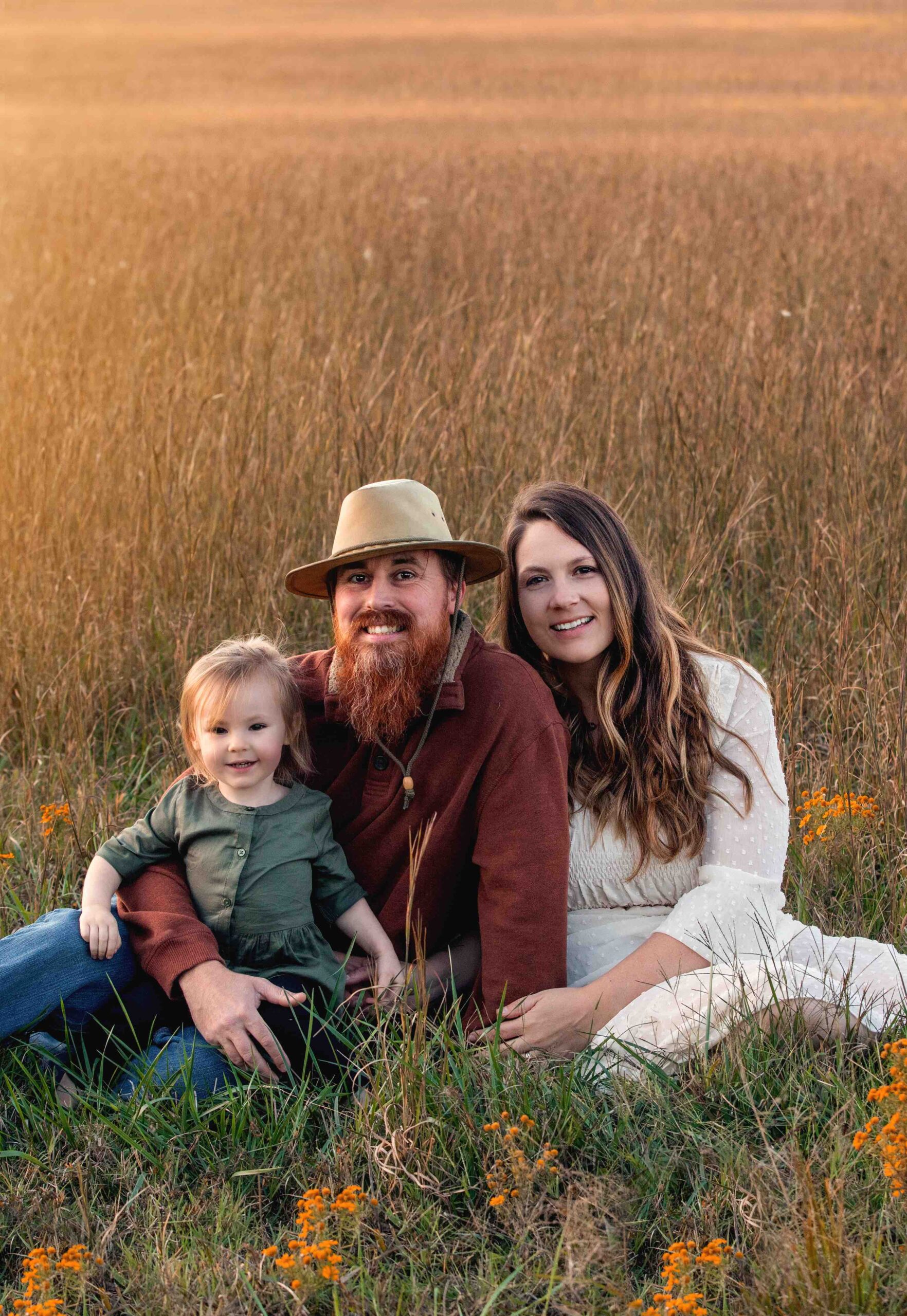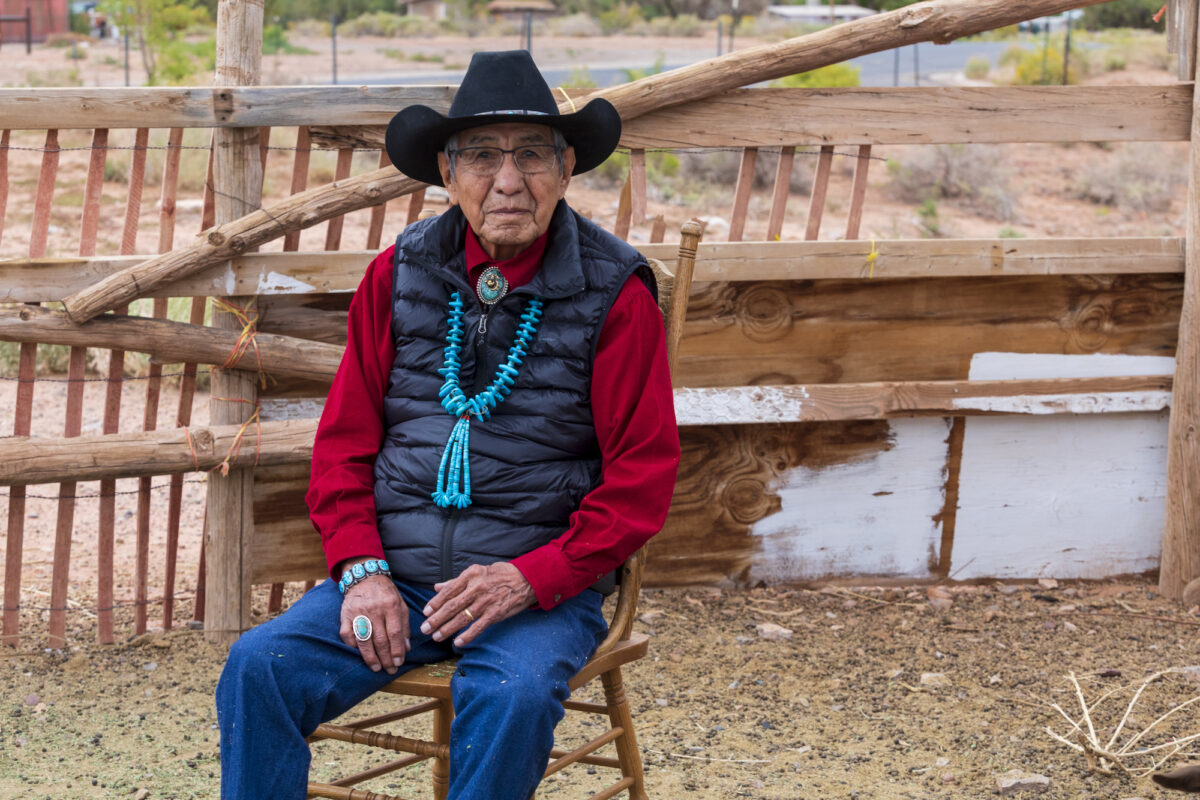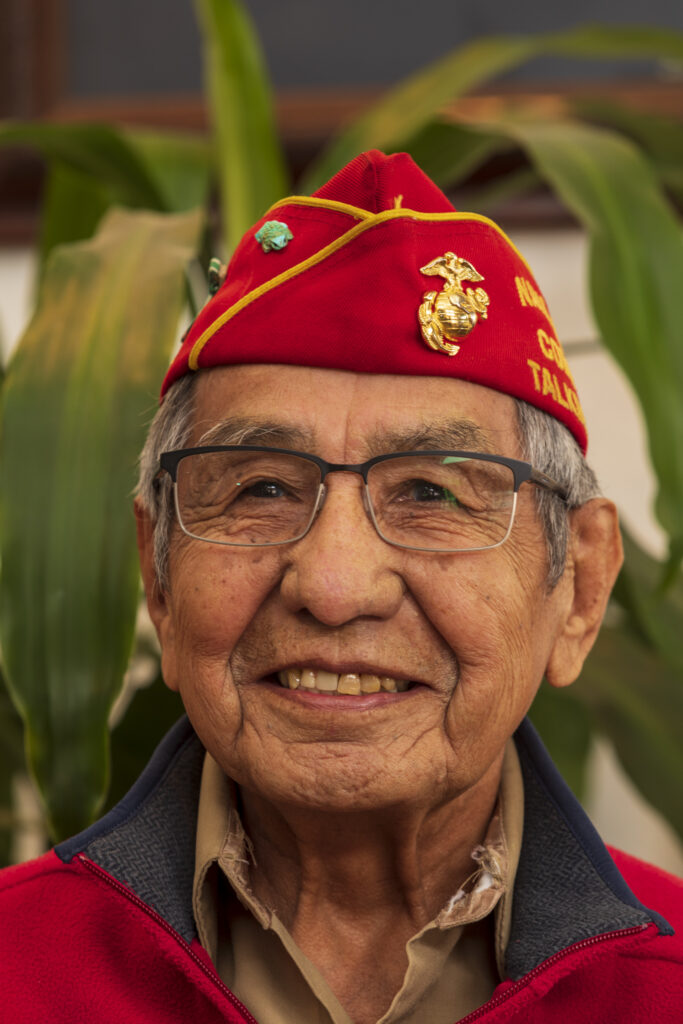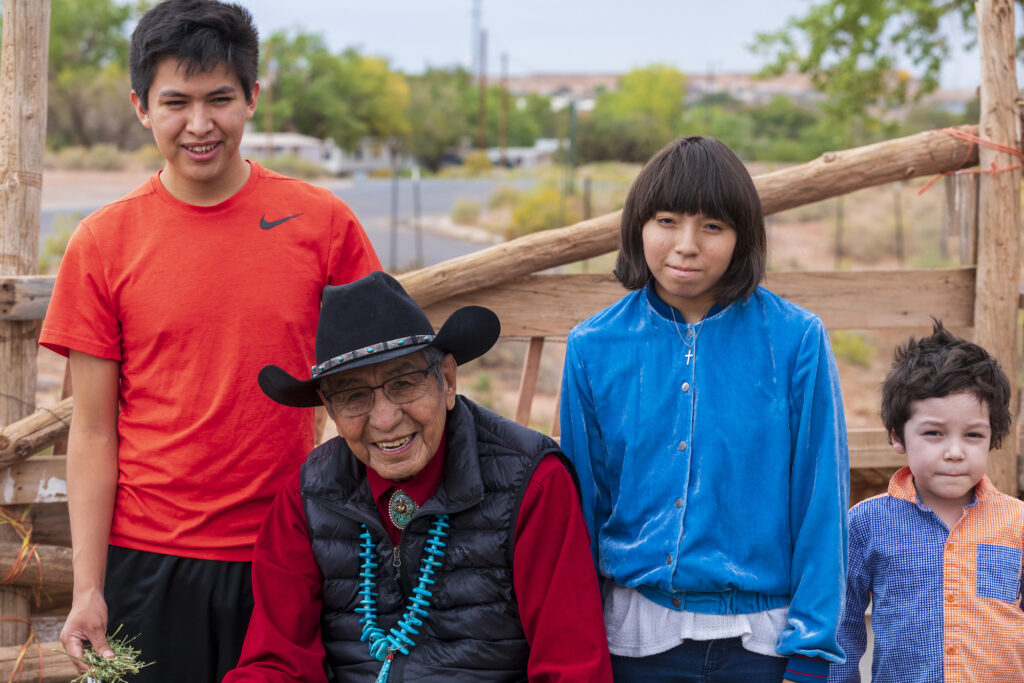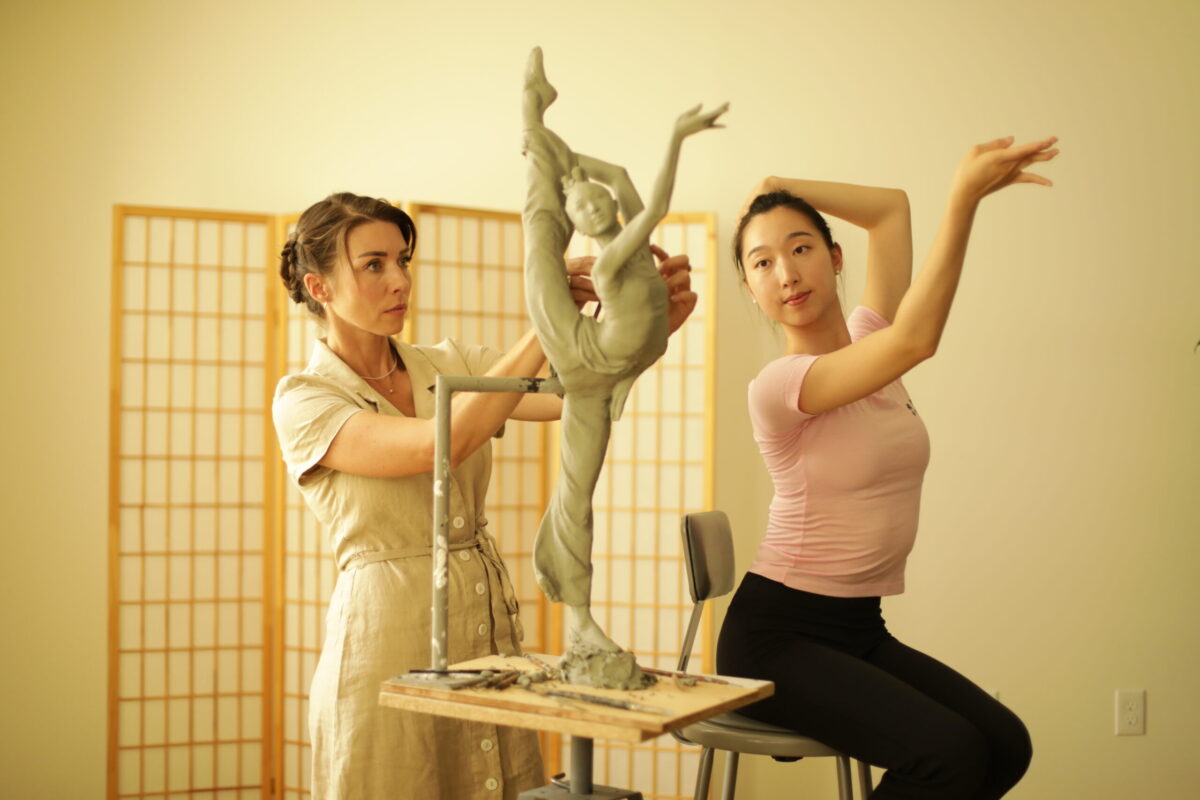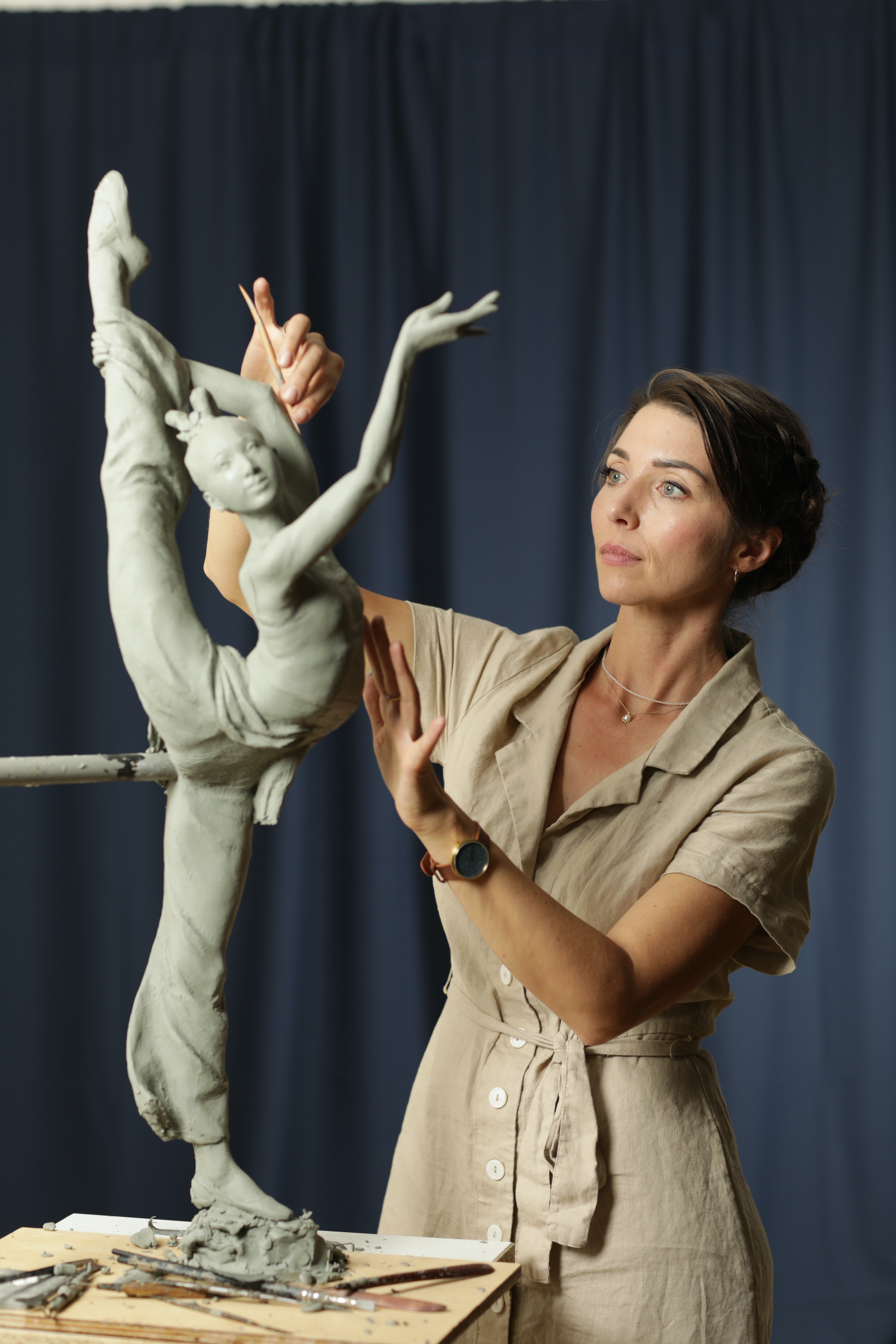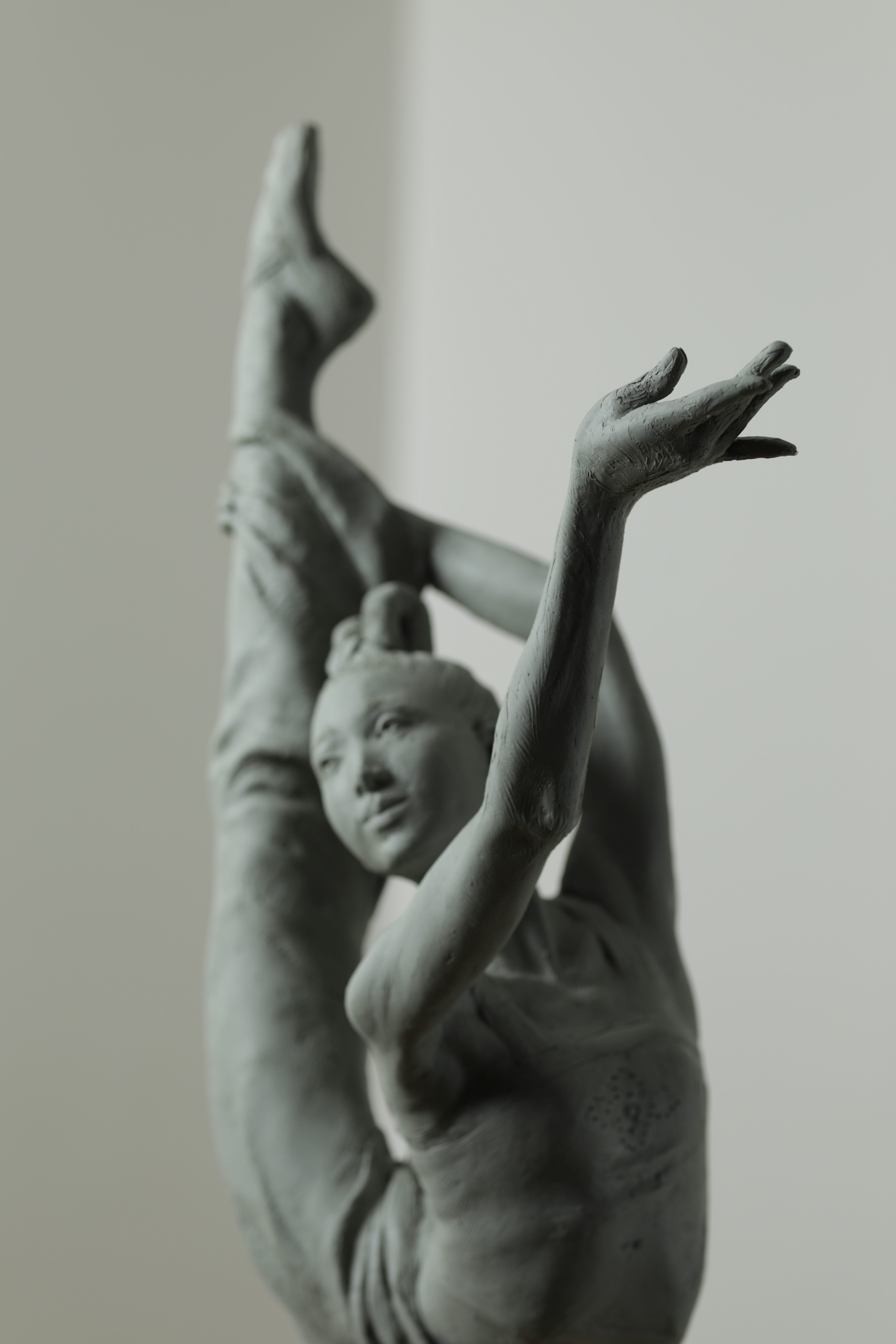Gary Sinise, known to millions of fans as Lieutenant Dan in “Forrest Gump” and Mac Taylor in television’s “CSI: NY,” has a favorite word: “Blessing.”
He uses it often and with meaning:
“I’ve had a lot of blessings in my life with my acting career.”
“We’ve always had a strong faith in our family. That’s a blessing.”
“The Gary Sinise Foundation has raised hundreds of millions of dollars for veterans, thanks to the American people. It’s a blessing.”
It’s all a blessing, he seems to say. Even the painful things.
Maybe especially the painful things.“I am so blessed, fortunate, and proud to be his dad,” Sinise said on the death of his son, McCanna Anthony “Mac” Sinise, who passed at age 33 on January 5, 2024, from chordoma, a rare spine cancer. He is survived by his parents and his sisters Sophie and Ella.
Mac was diagnosed in 2018 and consequently endured six years of radiation plus “25 different drugs” for a disease that lacks any known cures. It affects fewer than 100 people per year in the United States.
In the same year of Mac’s diagnosis, his mother, Gary’s wife Moira, was diagnosed with breast cancer.
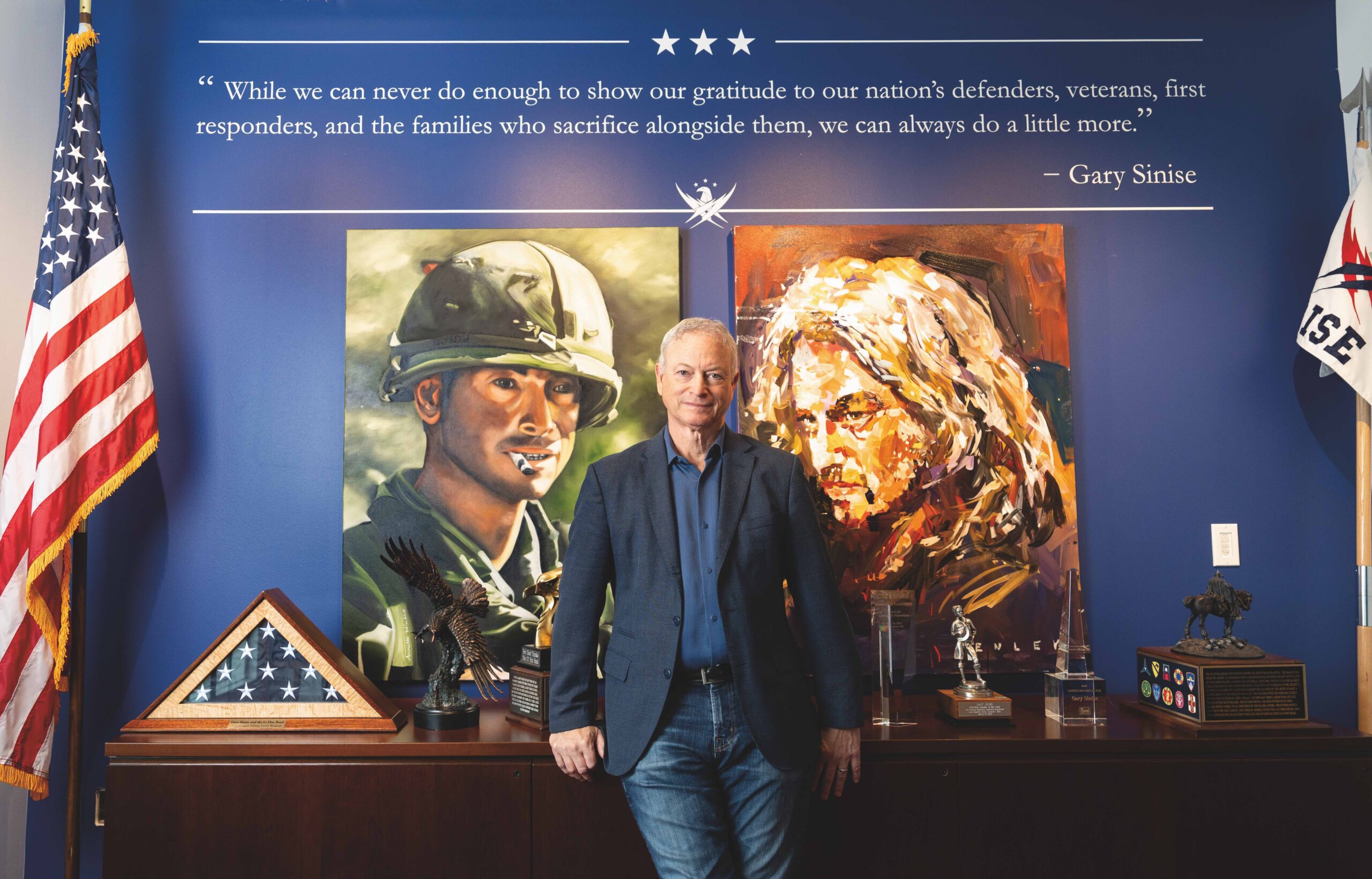
But Sinise is not a complainer. “It was a tough six years” is as much as you will get from him. As of 2024, Moira was pronounced cancer-free. She and Gary lost Mac, but not before discovering two things about him: his courage and his music.
We talked by phone with Gary Sinise from his home in Nashville in January of this year. Mac was very much on his mind: “It’s a year ago now that we lost him. It’s been a strange time. I miss him so much.”
Sinise spent much of 2023 and 2024—the year leading up to Mac’s death and the year following it—memorializing Mac in a very special way.
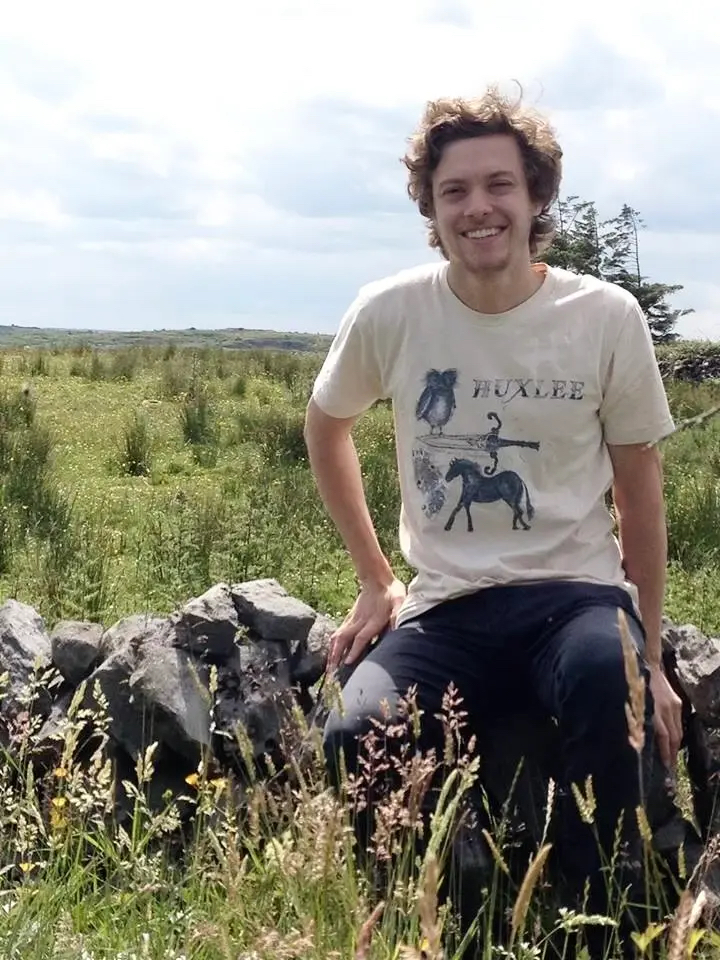
Mac Sinise worked as Assistant Manager of Education & Outreach at the Gary Sinise Foundation, the philanthropic organization for veterans that Gary established after his success in “Forrest Gump” in 1994. He was also a drummer, and he frequently toured with the Lieutenant Dan Band, a group fronted by his bass-playing father in performances at military bases and hospitals.
Benefit performances by the Lieutenant Dan Band and the construction of smart homes for wounded veterans are two of the foundation’s main missions.
The chordoma robbed Mac of his ability to play the drums once he became paralyzed from the chest down. Yet neither he nor his family gave up.

“Mac couldn’t play drums anymore. It was his mother who suggested he get a harmonica. He’d never played harmonica before, but he learned to play it. It was good for his soul, and also good for his lungs. He had cancer in his lungs and it was good exercise for him to be sucking in and out on the harmonica,” Sinise recalled.
A video of Mac playing “Shenandoah” on the harmonica can be found at his YouTube channel, @macsinise7489.
That was only the beginning. Mac’s musicianship wasn’t limited to drumming. He studied composition and songwriting at the University of Southern California, where he composed a number of pieces ranging from classical to pop. He put those pieces aside when he took on his responsibilities at the foundation.
They came to light only in the last year of his life, when he reached back into the past for the pieces he’d written at USC. He felt that one particular work, an unfinished piano piece called “Arctic Circles,” held promise. Mac wrote about the process he used to finish it:
I found a way to write music again in my hospital bed. In addition to getting back in touch with a producer friend from college, Oliver Schnee, I recovered my old piece and I decided to go for it! Time is precious and I want to take advantage of the times that I feel strong. The result has been incredible collaborations with members of the Lt. Dan Band and my buddy Oliver Schnee to finally finish writing and recording “Arctic Circles.”
The result is a glowing piece of symphonic writing, available in performance on his YouTube channel.
Mac found other pieces from the USC days and produced them as well, resulting in the album “Resurrection & Revival,” available on vinyl at Store.GarySiniseFoundation.org. Mac passed away shortly after it was released.
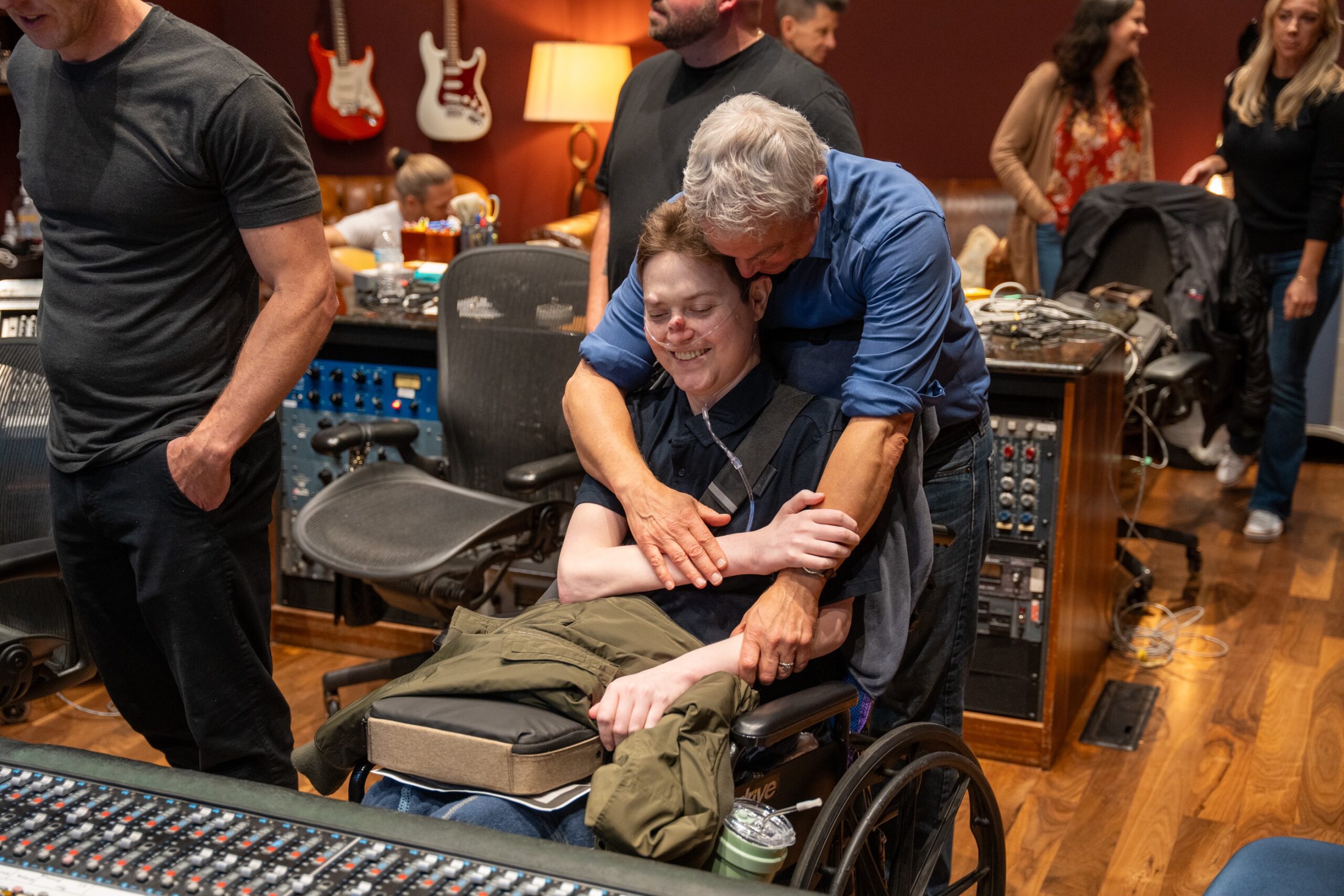
There was more music to be discovered. Sinise recalled:
“I started going through Mac’s Dropbox, his iPad and his iPhone, and found more music. There were cues he’d written for a documentary called ‘Always Do a Little More.’ There were rock pieces, classical, and jazz.
“I saw this tremendous variety of musical states that Mac had. I never thought Mac was going to come up with a jazz tune, but I discovered a chart called ‘Sweep Sweepin,’” Sinise said.
A big band piece par excellence, it and other discoveries Gary found among the files inspired him to spend most of the year after Mac’s death compiling “Resurrection & Revival, Part 2,” a vinyl double-album released late last year.
“Discovering all that music in Mac’s files and producing ‘Resurrection & Revival, Part 2’ gave me focus for the past year,” Sinise said. “It was good for me. Who knows? Maybe Mac intended for me to find those files and produce another album. It helped me to heal my own broken heart.
“It was a blessing.”
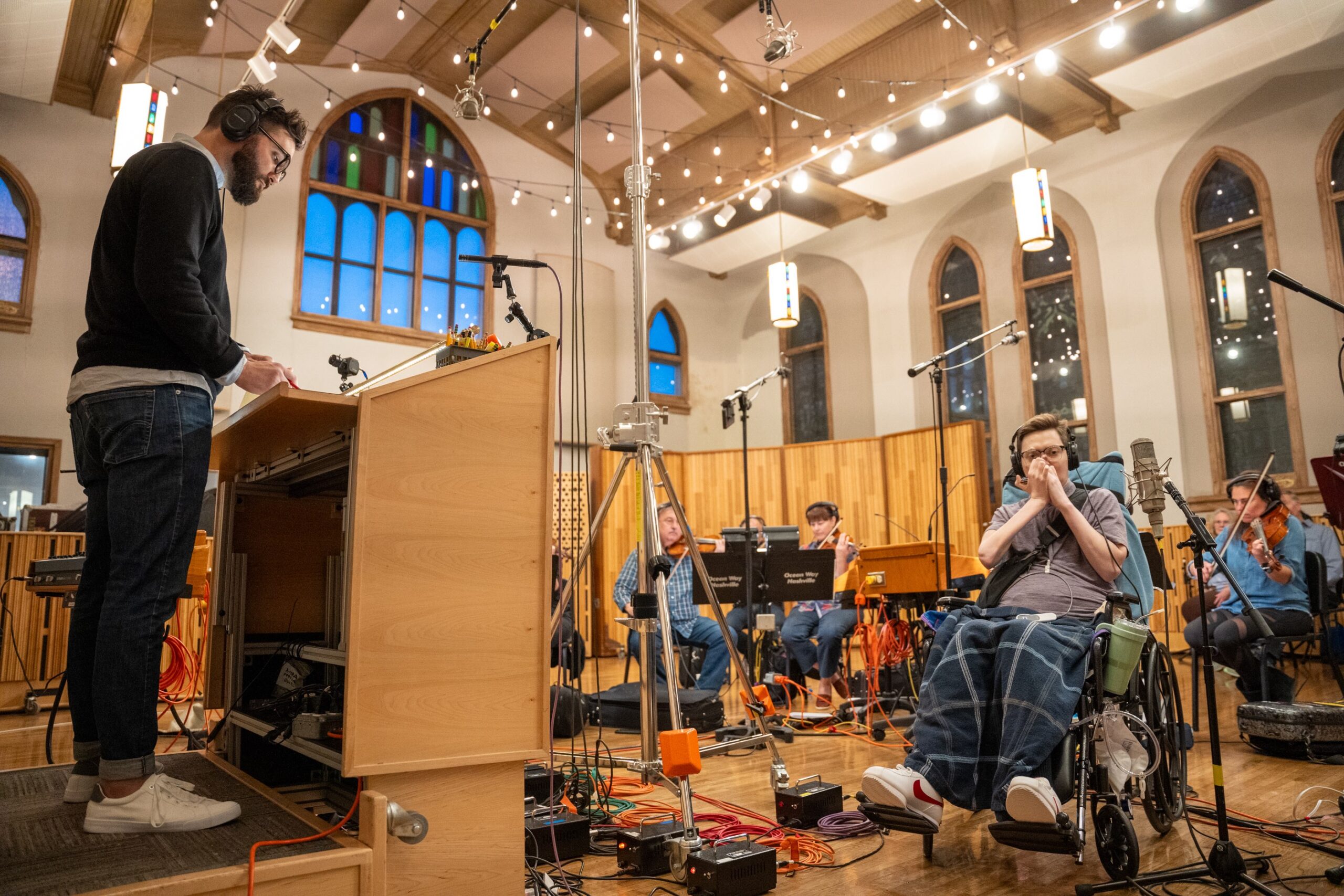
During the years of producing Mac’s music, Gary Sinise didn’t slow down one bit in his commitment to his foundation and its role of serving the interests of veterans. How had Sinise, an actor with major credits, transitioned into being a full-time philanthropist? As the subtitle of his 2019 memoir, “Grateful American,” put it, Sinise went “from self to service.”
The “self” phase was enormously successful. Early in his career, Sinise founded the Steppenwolf Theatre in Chicago, a company that still thrives today. In 1992, he produced, directed, and starred in “Of Mice and Men,” based on Steinbeck’s novel, a film that brought him respect and attention. But it was his role as Lieutenant Dan in director Robert Zemeckis’s masterful “Forrest Gump” that gained him widespread attention—and changed his life forever.
Sinise’s portrayal of a soldier disabled in combat who is first driven to bitterness and at last to peace with God turned Sinise, or at least Lt. Dan, into an icon for veterans.
“At first, I just dipped my toe into the waters of humanitarian things,” Sinise says. That’s when he organized the Lieutenant Dan Band. He named it after his character in the film rather than himself “because nobody knew my name but they all knew Lt. Dan.” The band was a now-and-then thing that gave concerts at military bases and hospitals, entertaining troops and raising money for disabled veterans.

Then came what Sinise called “the turning point”: 9/11. Sinise went from dipping his toe to full immersion, shifting the focus of his energies more and more to his work for veterans. He founded the Gary Sinise Foundation even as he produced and starred in “CSI: NY” on television.
“That was a nice paycheck, so it allowed me to do all kinds of cool things. I toured a lot and I could see the impact on people when they recognized me. It was like, ‘What are you doing here?’ You can see the environment change when you walk into a room. It gave me a public platform to talk about the things I was interested in with regards to supporting the men and women who serve our country,” he said.
Philanthropy First
Sinise’s benefit concerts and fundraising outreach have resulted in the building of 94 specially equipped smart homes for severely injured veterans, nearly two million meals served for disabled veterans and others in need, 500 USO concerts at more than 180 military bases and hospitals by the Lt. Dan Band (for which Sinise doesn’t accept payment), special holiday events for the children and spouses of fallen members of the U.S. military, and more.
Sinise regularly pays personal visits to service members hospitalized long-term with severe injuries.
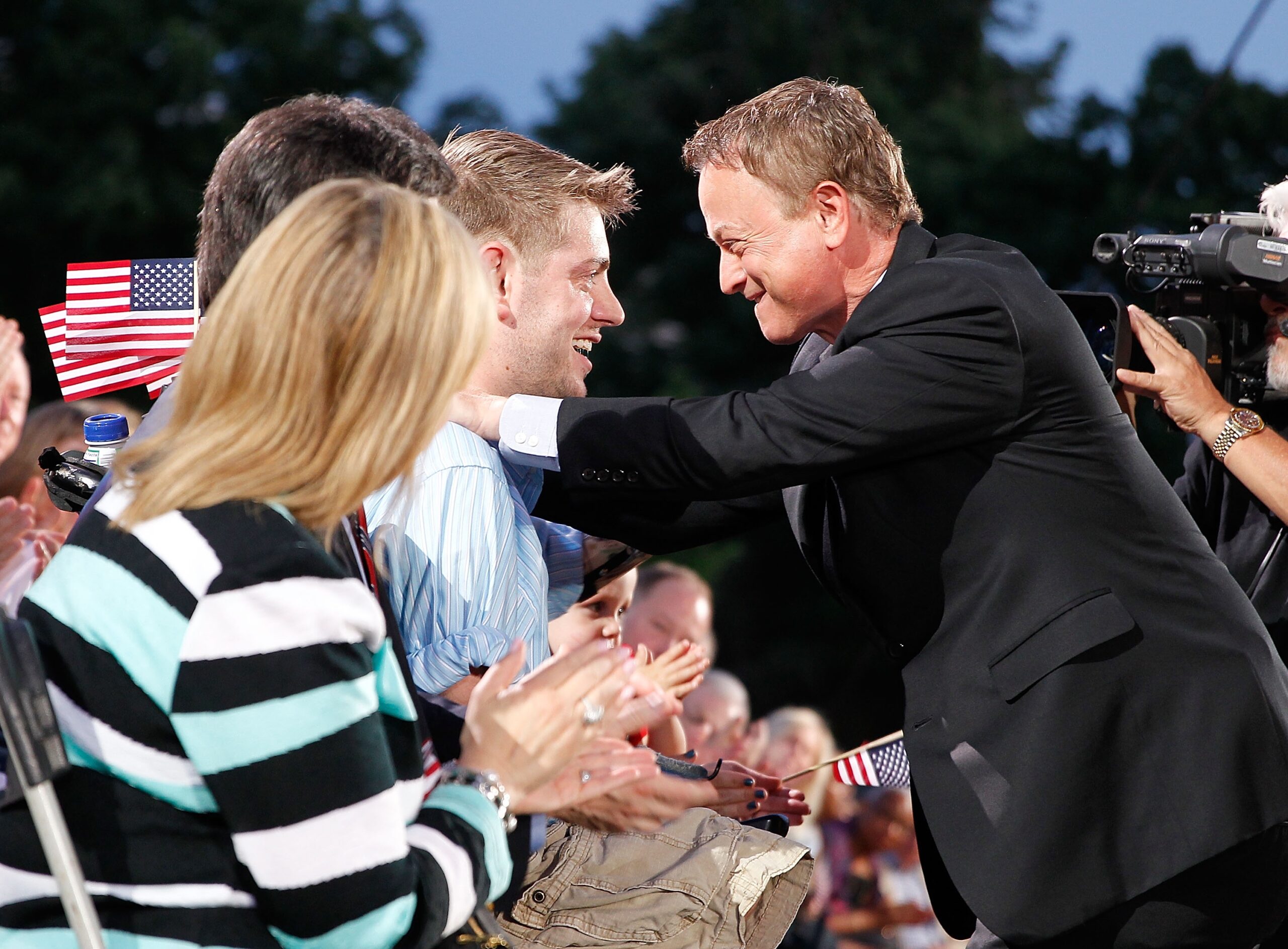
“How do you get joy by seeing people with brain injuries and burned bodies? By bringing a little bit of joy into a room where there hasn’t been any. Visiting the hospitals and seeing one difficult case after another, seeing the families of our fallen heroes struggle through their grief, I learned a lot about perseverance and resilience though really difficult times,” Sinise said.
When Mac was stricken with incurable illness, Sinise’s humanitarian work came full circle: “The lessons I learned from those resilient families manifested itself completely and totally when all of a sudden our own family was faced with the life and death situation of our son.”
It was as if the help he extended to others returned to help him. It was a blessing.
Today, Sinise’s profile as humanitarian dominates his profile as an actor. In fact, Sinise hasn’t acted since 2019, when the pressures and responsibilities of caring for Mac and Moira forced him to put aside his original vocation. If any energies were left over, they went to the foundation.
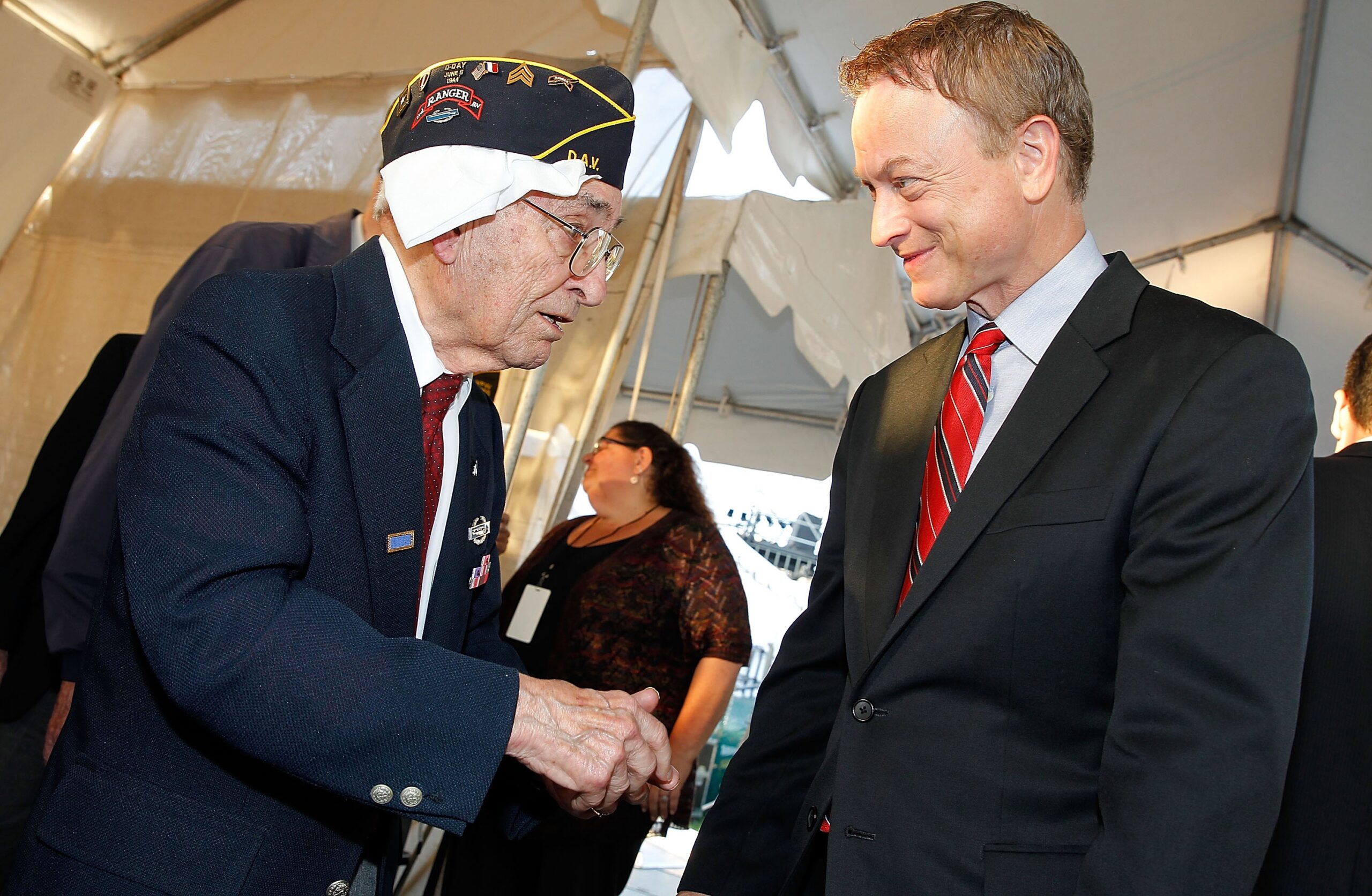
“The foundation has been strong from the start. We’ve never had a bad year. We kept going during those difficult years in part because Mac wanted it to go on. He loved the foundation. It also helped me in the day-to-day struggle of our own fight, knowing that my foundation team was helping people,” Sinise said.
Will Gary Sinise ever return to acting?
“That’s a good question. I don’t know. Basically, I don’t want to take any jobs that take me too far away for too long a time.”
Mac is gone and Moira is cancer-free, but Sinise is concerned about the health of his 92-year-old mother. Venturing far from home no longer seems a likely option. Still—“If the logistics could be worked out on a very specific project with a very specific role and a very specific group of people, and it felt like something important, then I would absolutely consider that.”
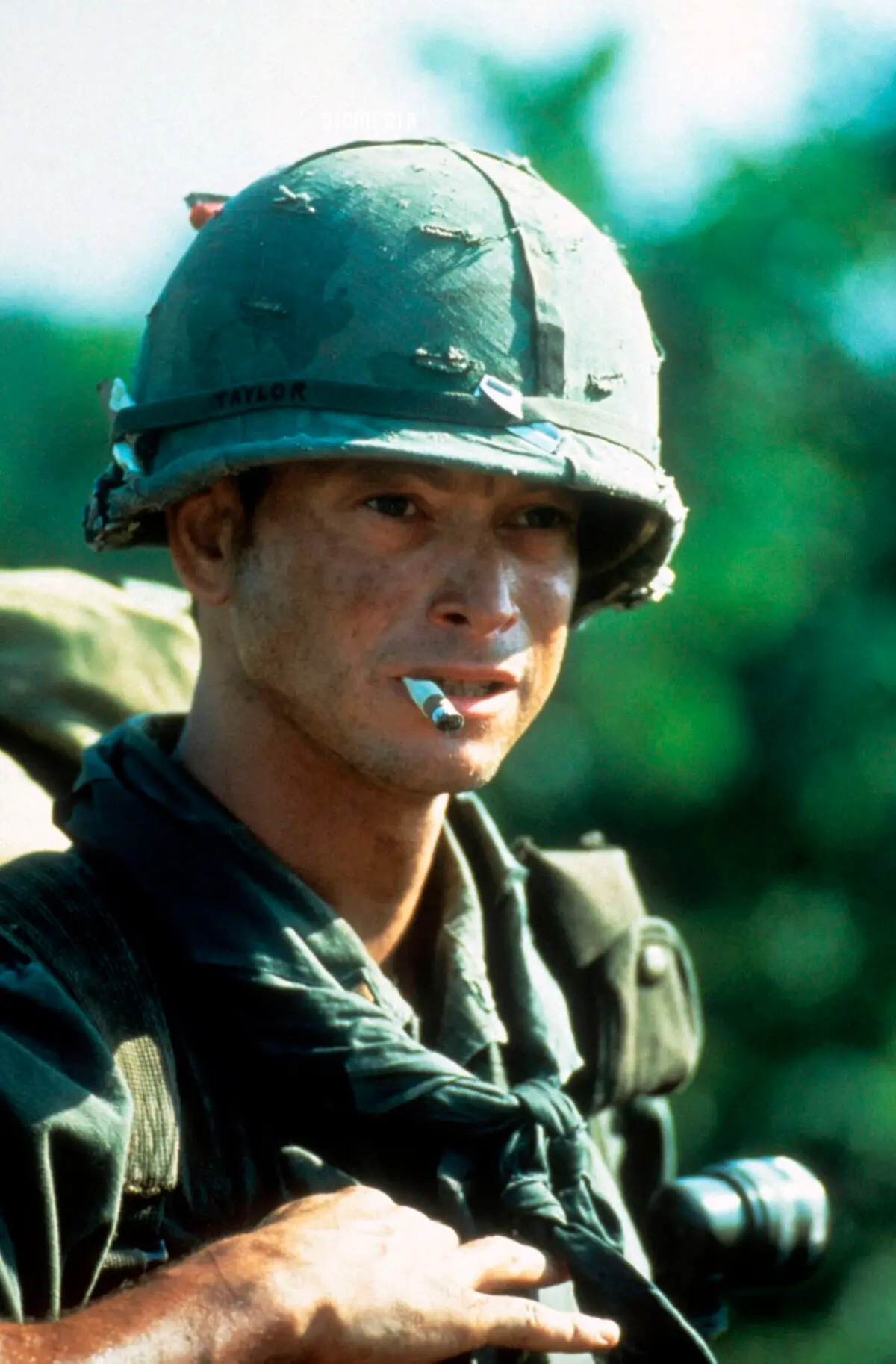
Acting was in the past, yet it made today possible.
“I may not have the foundation in the way I have it now if I hadn’t had the acting career. The acting career gave me a lot of resources,” Sinise said.
The big question was, as it always is, how to use those resources?
“I always told my kids, ‘The greatest thing you can do for yourself is to do something positive for someone else.’”
Selected Works
Film and Television
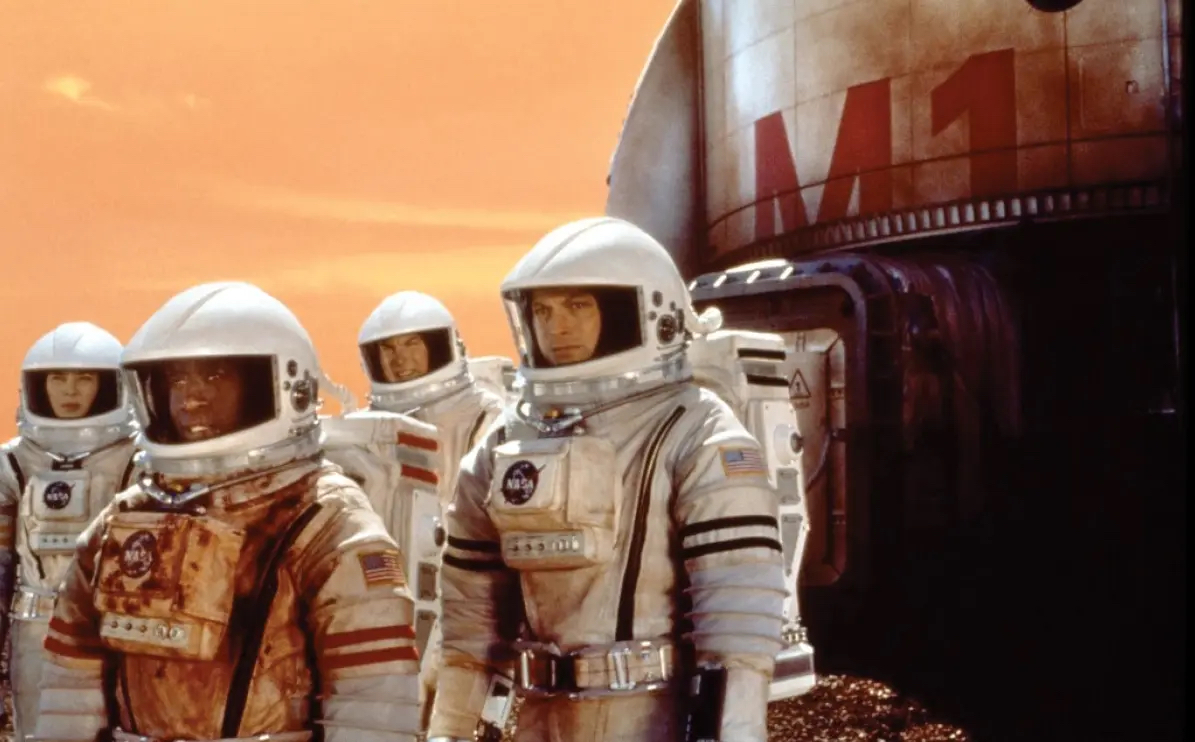
Acting
“Joe Bell” (2020): Sinise plays Sheriff Westin in this emotional drama about a father who embarks on a cross-country walk to honor his late son and take a stand against bullying.
“Criminal Minds: Beyond Borders” (2016–2017): Sinise stars as Special Agent Jack Garrett, the seasoned leader of the FBI’s International Response Team. The team travels the world solving crimes that involve American citizens abroad.
“Captain America: The Winter Soldier” (2014): Sinise provides the voice for the Smithsonian audio tour that guides visitors through an exhibit about Captain America’s exploits.

“CSI: NY” (2004–2013): Sinise’s character, Detective Mac Taylor, leads a team of forensic investigators in New York, solving complex crimes using cutting-edge science and detective work.
“Fallen Angel” (2003): Sinise plays Terry McQuinn, a man who returns to his childhood home and reconnects with his past while uncovering family secrets.
“The Green Mile” (1999): Sinise appears as Burt Hammersmith, a defense attorney convinced that his client, John Coffey, is guilty of murder. This supernatural prison drama is based on Stephen King’s 1996 novel.
“Truman” (1995): Sinise gives a powerful performance as President Harry S. Truman, chronicling his rise from humble beginnings to his historic presidency.

“Apollo 13” (1995): Sinise portrays astronaut Ken Mattingly, who is grounded from the Apollo 13 mission but plays a crucial role in helping the crew return safely to Earth.
“Forrest Gump” (1994): Sinise plays Lt. Dan Taylor, Forrest Gump’s commanding officer, who struggles with his fate after losing both of his legs in Vietnam.
Directing
“Of Mice and Men” (1992): Sinise directed the film and starred as George Milton in this adaptation of John Steinbeck’s novel of the same name. It’s about two drifters seeking work and the American dream during the Great Depression.

Theater
Acting
“One Flew Over the Cuckoo’s Nest” (2001): Sinise portrayed Randle McMurphy, a convict who fakes insanity to escape prison but finds himself clashing with the oppressive Nurse Ratched in a mental institution. (Steppenwolf Theatre Company; Royale Theatre, Broadway)
“A Streetcar Named Desire” (1997): Sinise played the role of Stanley Kowalski, a brutish but charismatic working-class man whose volatile relationships with his wife and sister-in-law lead to tragedy. (Steppenwolf Theatre Company)
“The Grapes of Wrath” (1990): Sinise played Tom Joad in this Tony-winning adaptation of Steinbeck’s novel, following the struggles of the Joad family as they journey westward during the Dust Bowl. (Cort Theatre, Broadway)
Directing
“Buried Child” (1996): A prodigal grandson returns to his family’s farm in Illinois, where his family doesn’t recognize him. His return unearths an unexpected and unwanted family inheritance. (Steppenwolf Theatre Company, Brooks Atkinson Theatre)
“Tracers” (1984): Sinise directed this powerful play about Vietnam War veterans, written and performed by real-life veterans sharing their wartime experiences. (Steppenwolf Theatre Company)
“True West” (1982): Sinise directed this classic Sam Shepard play about two estranged brothers—one a screenwriter, the other a drifter—locked in an escalating battle of wills. (Cherry Lane Theatre, Steppenwolf Theatre Company)
From July Issue, Volume V

